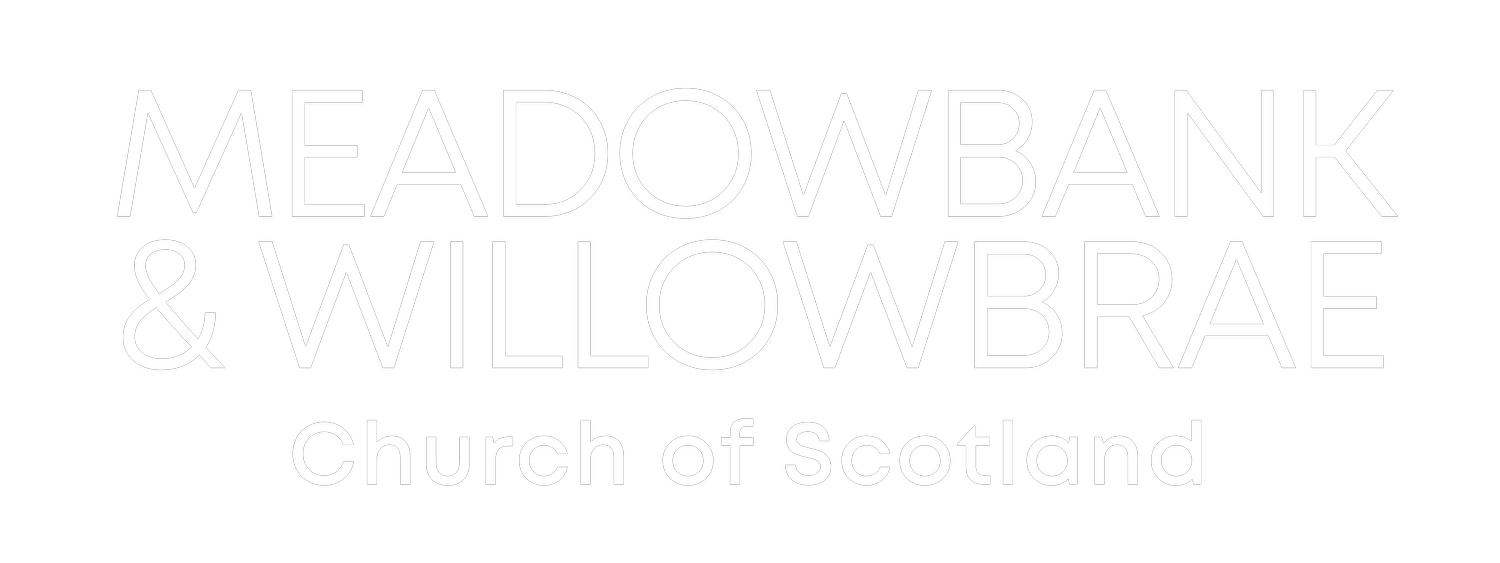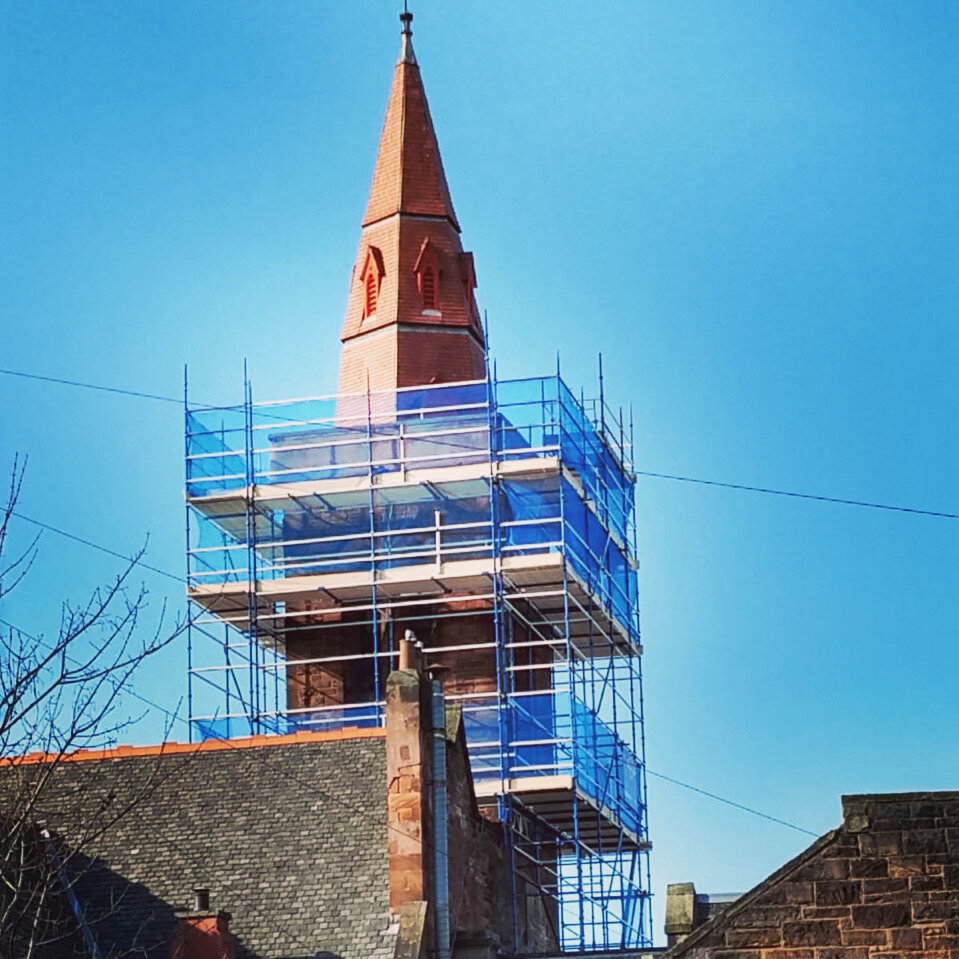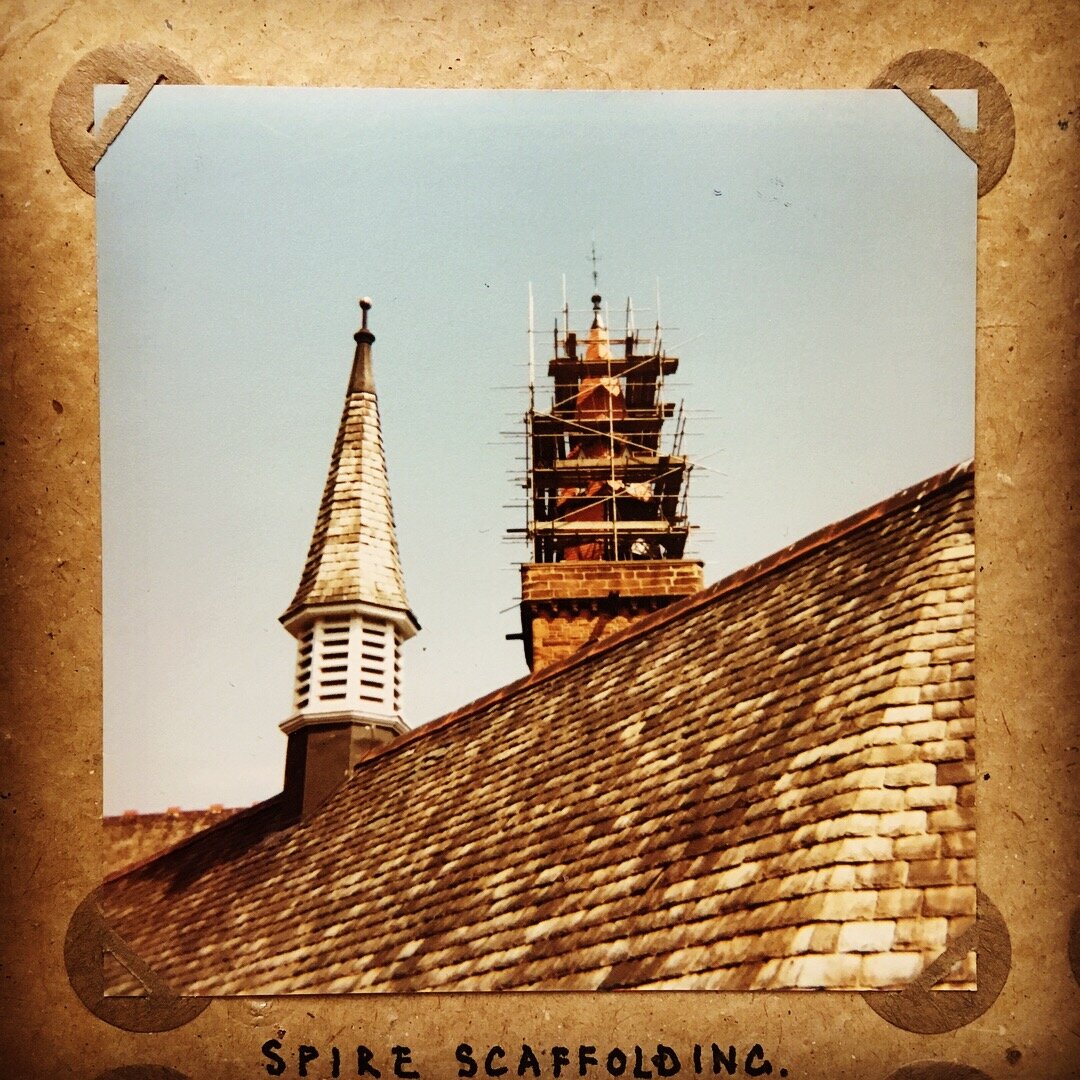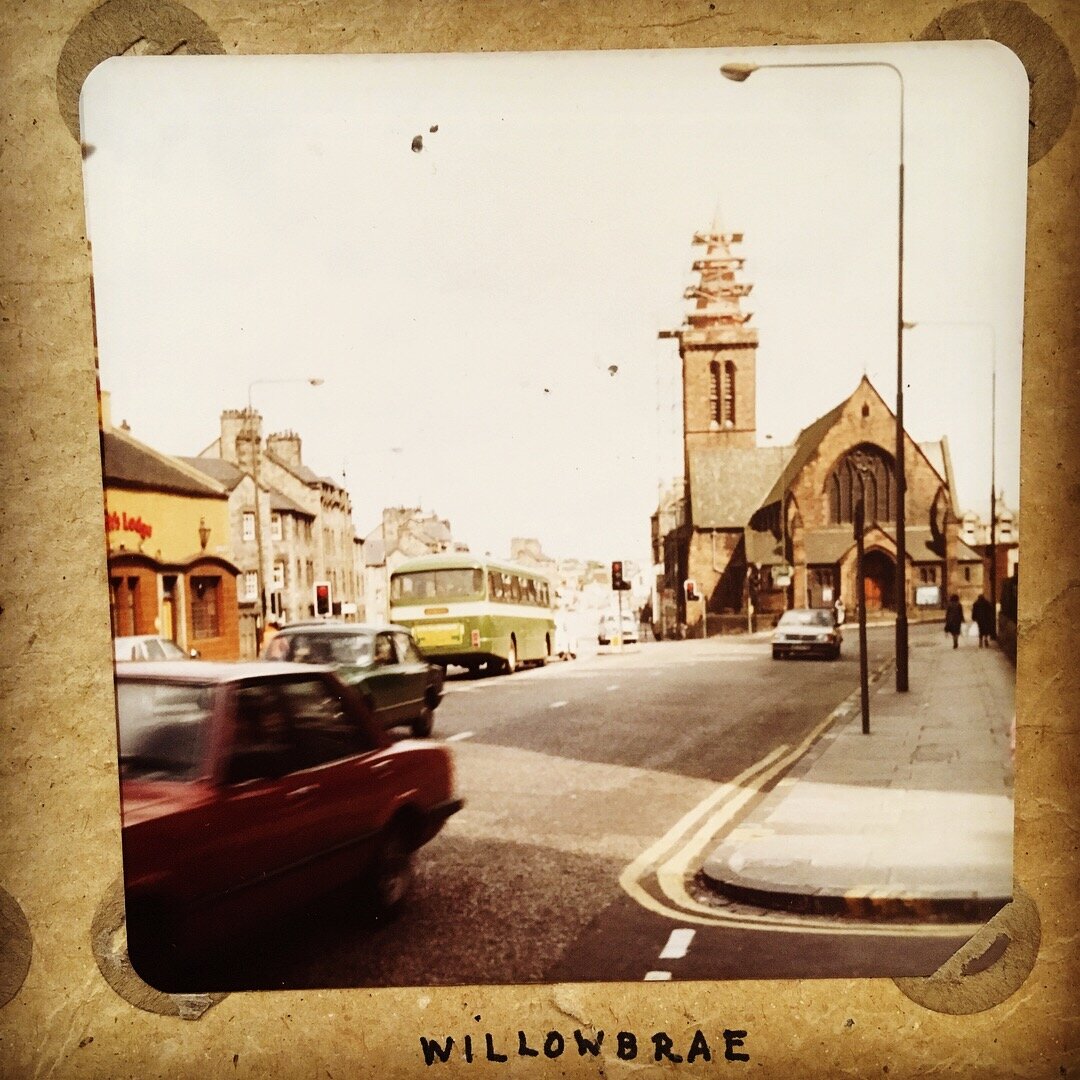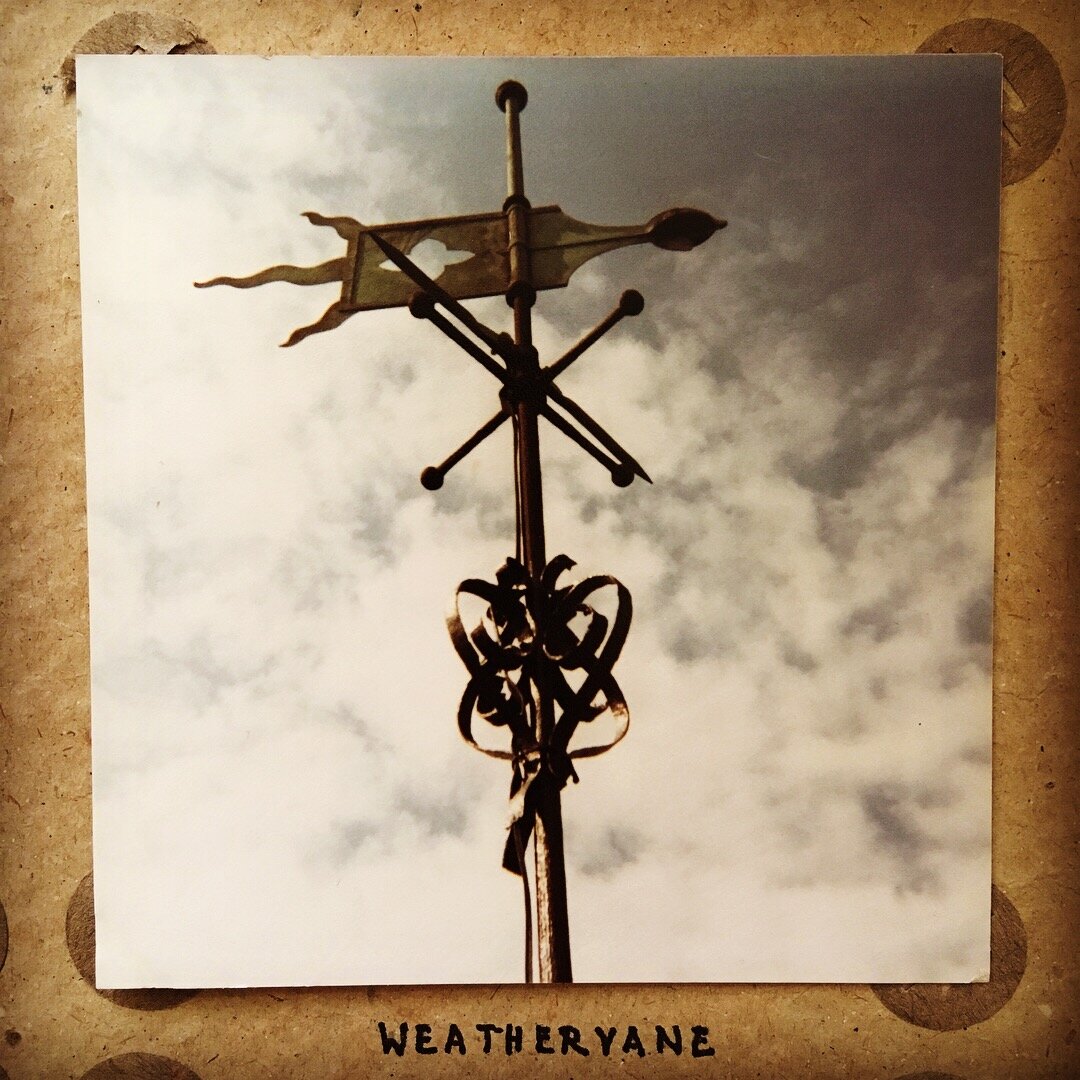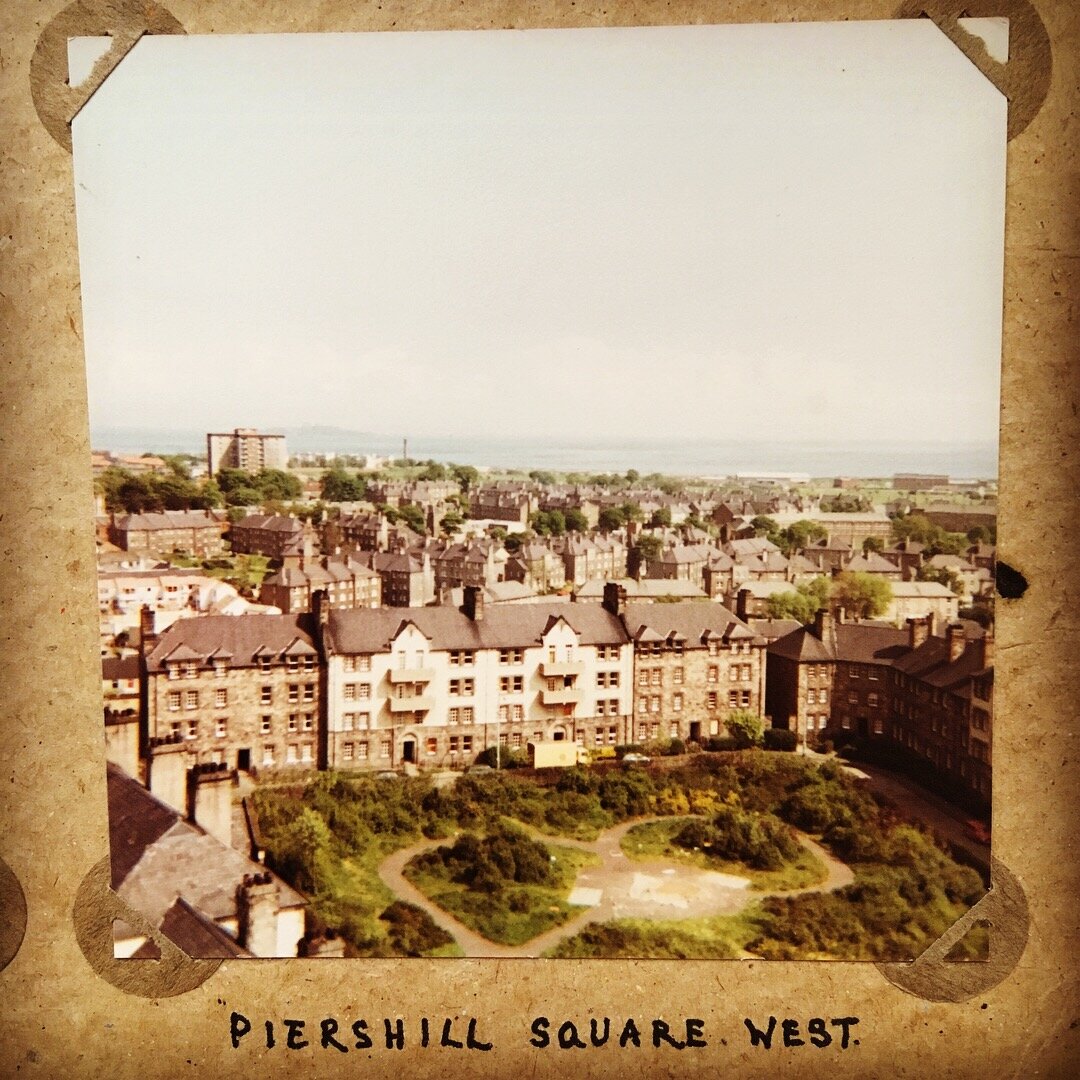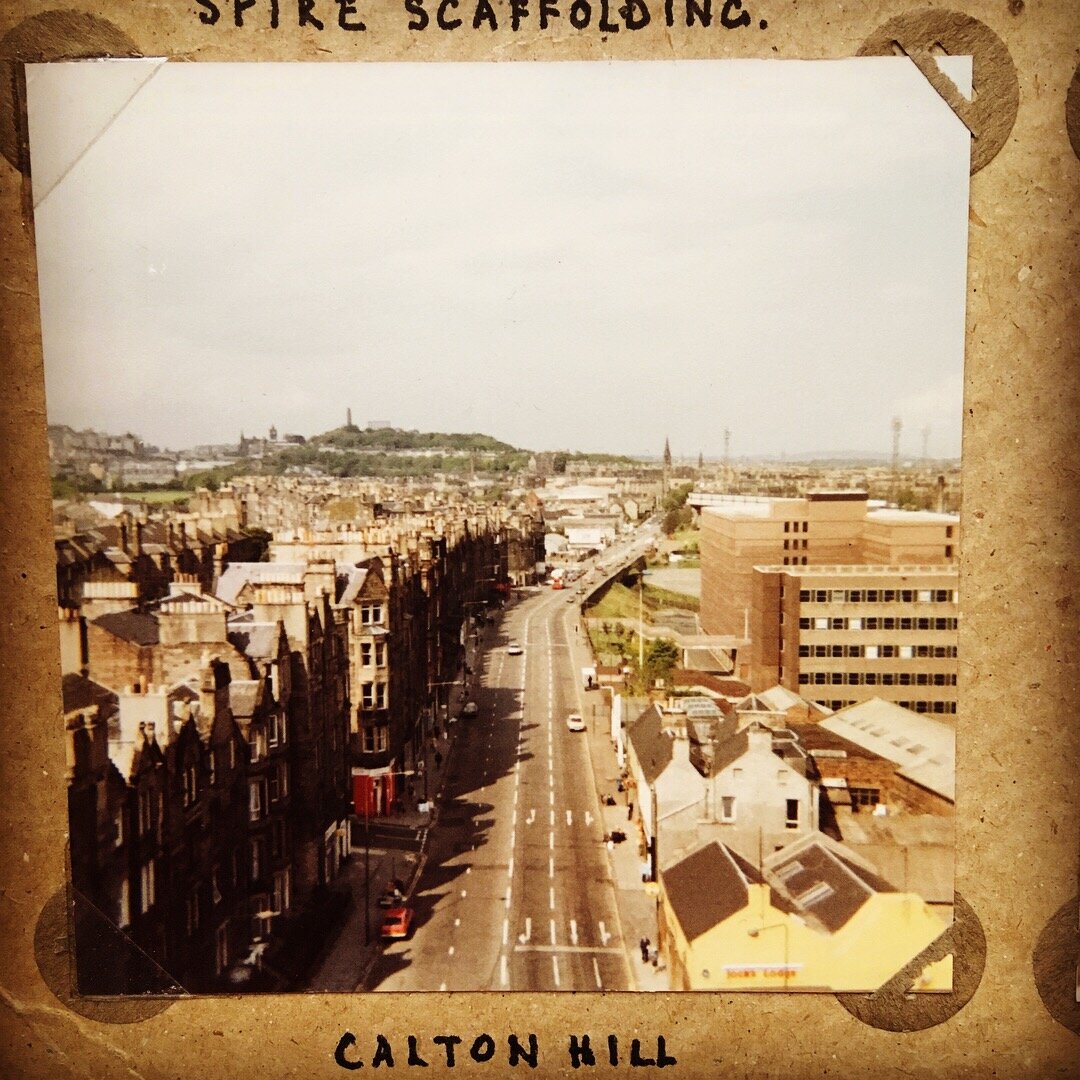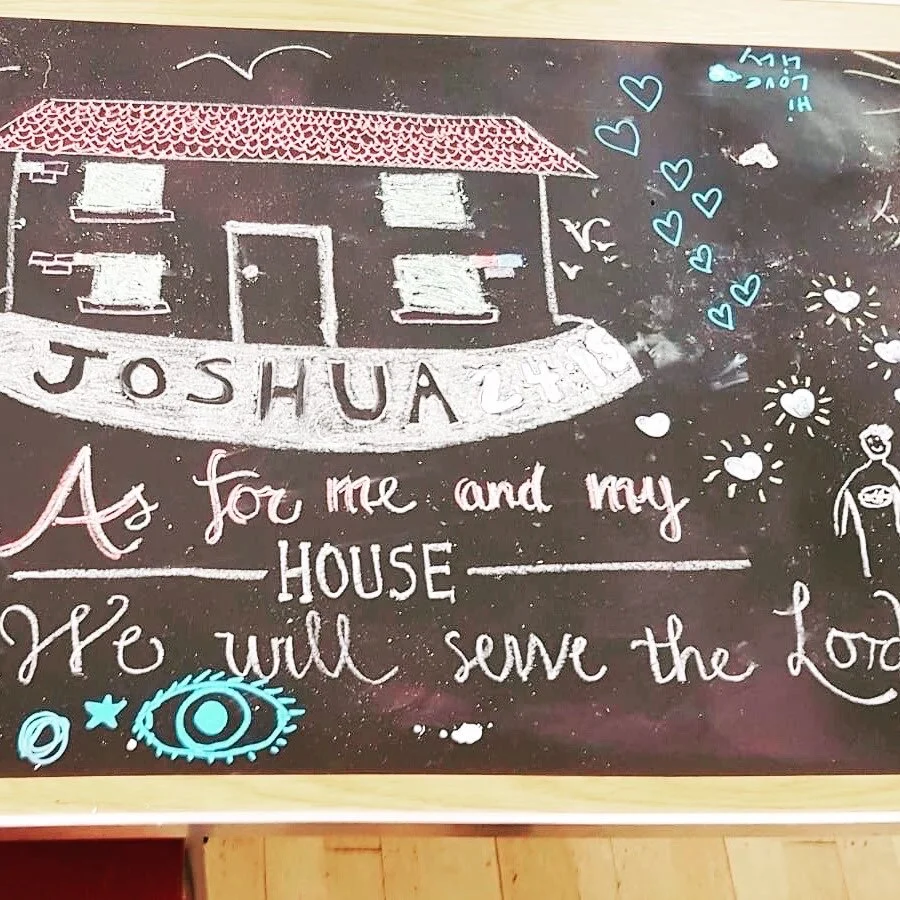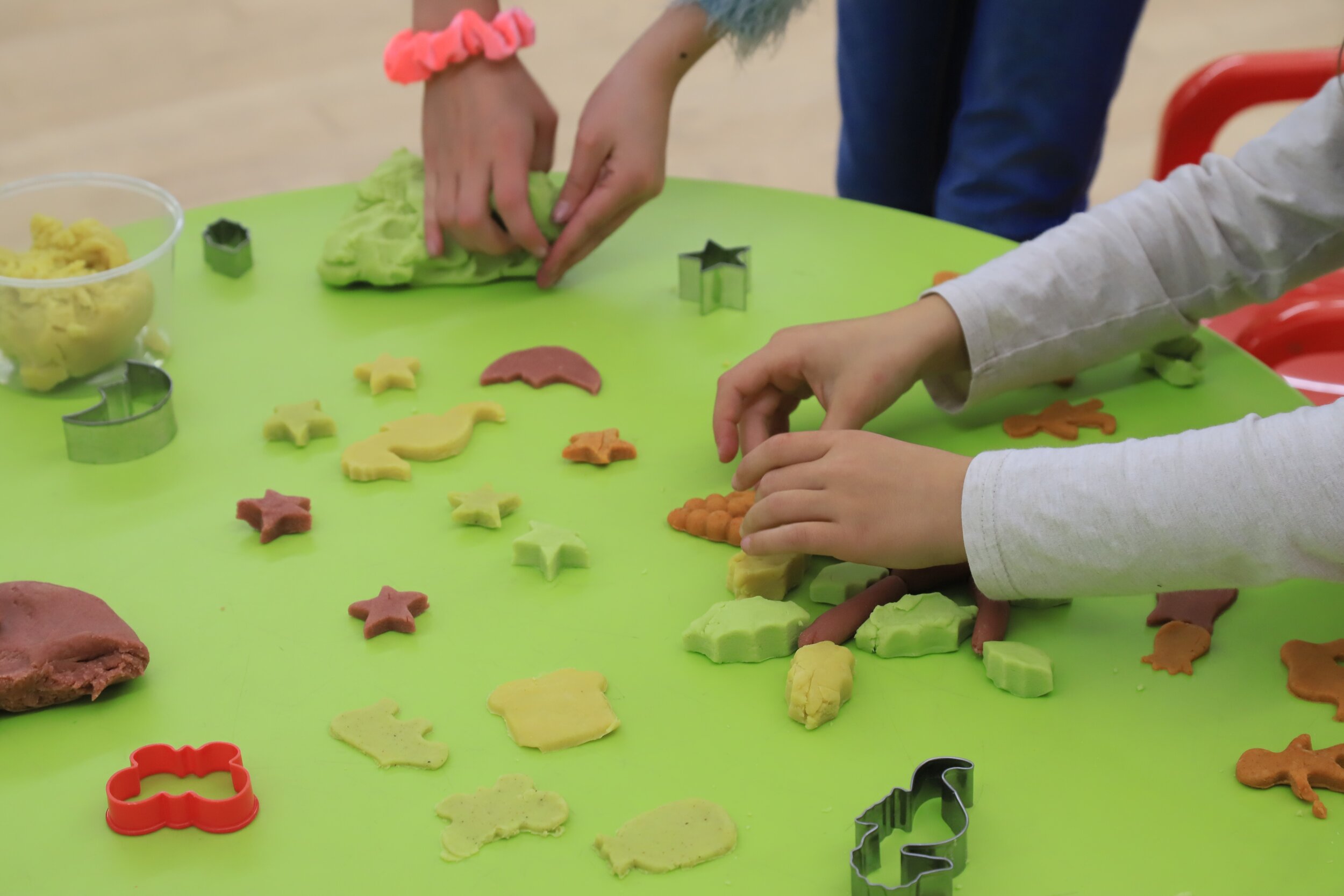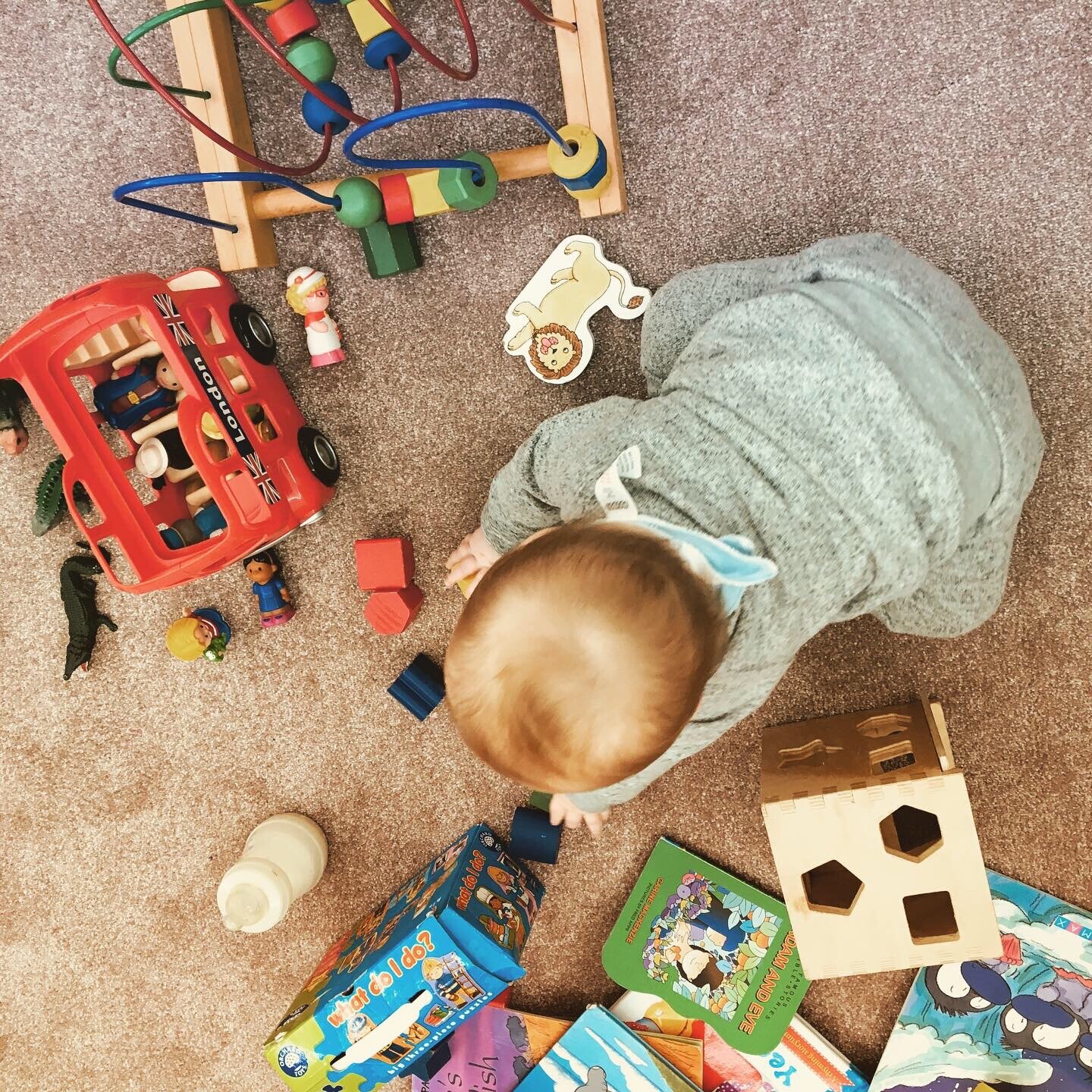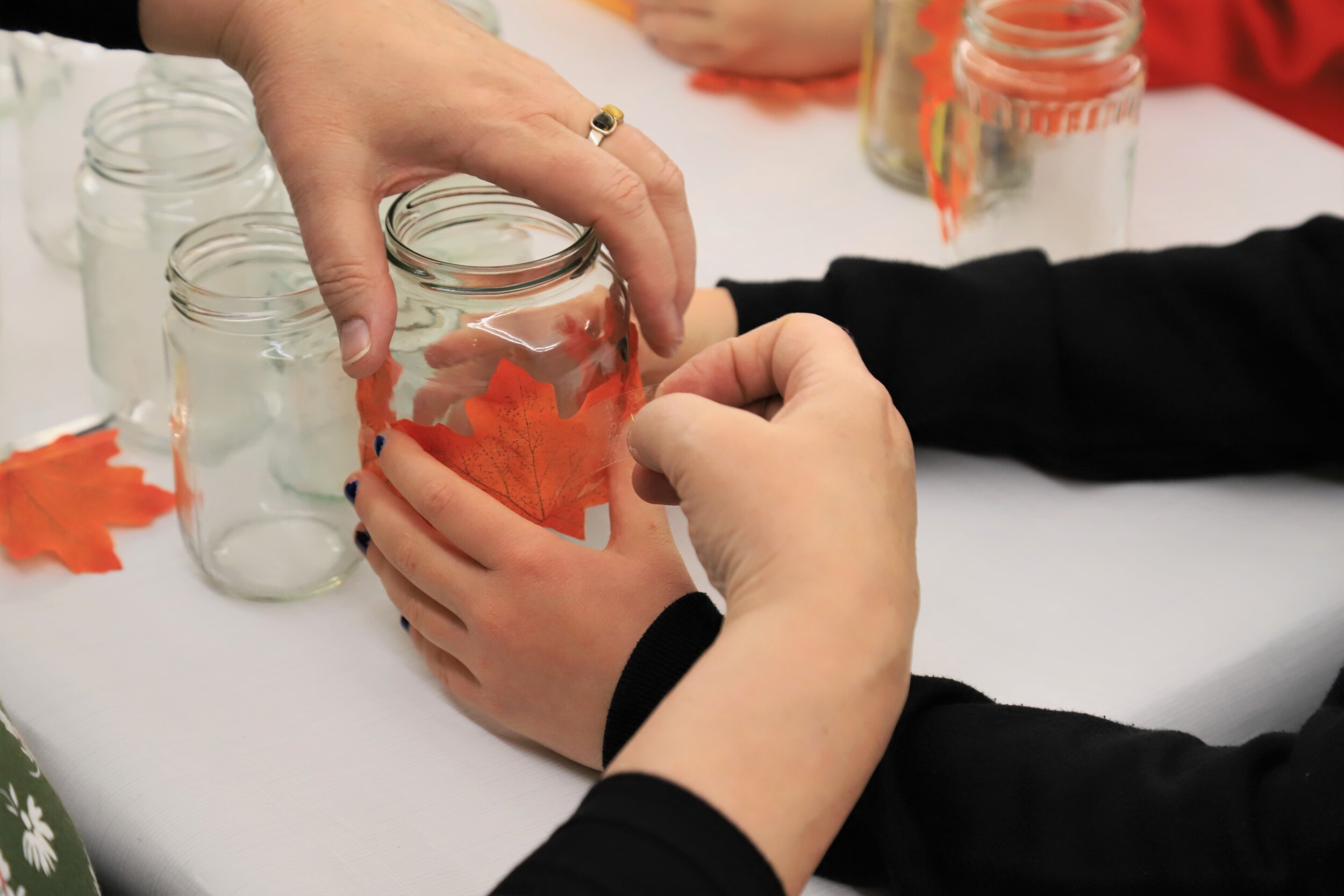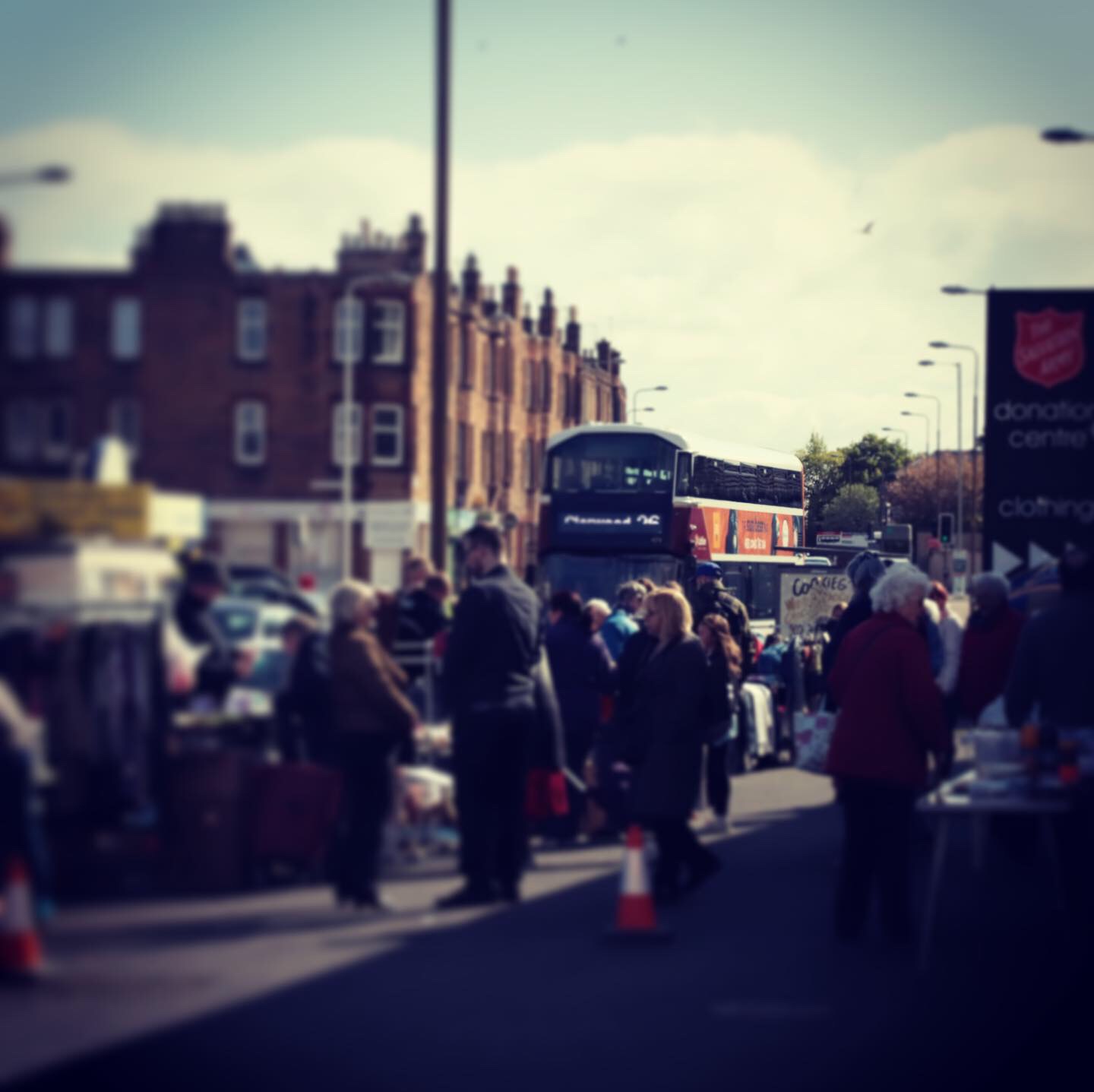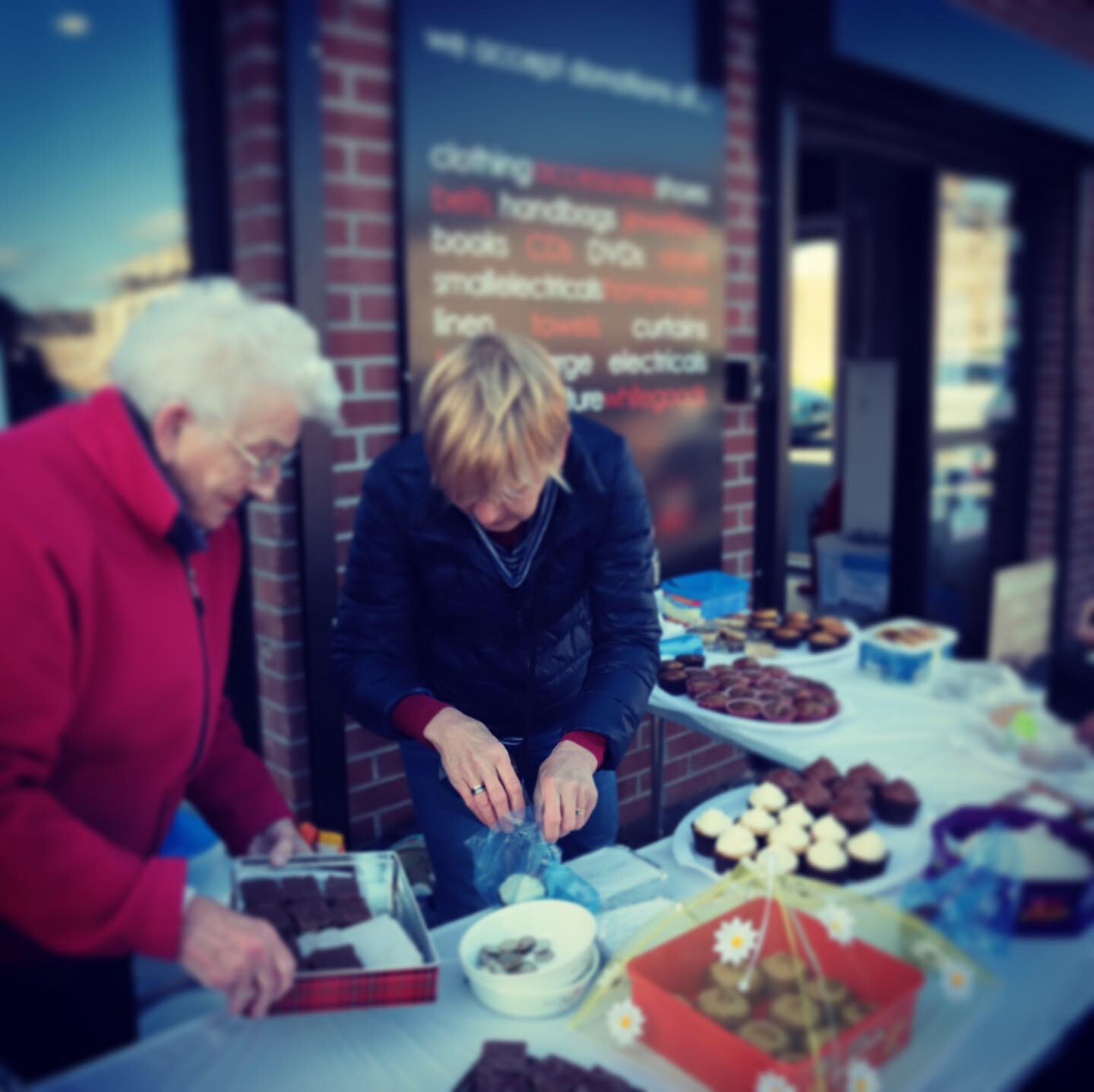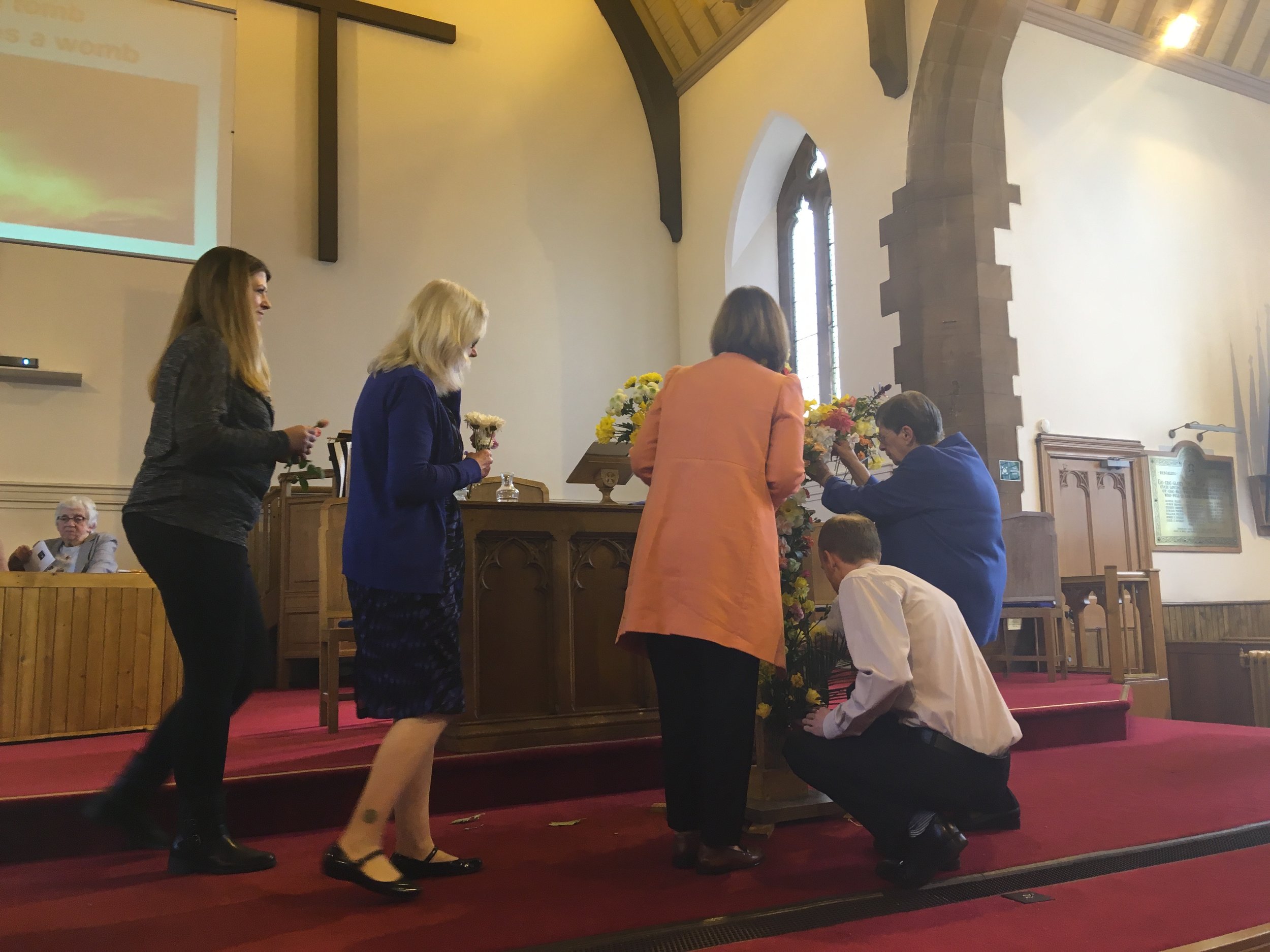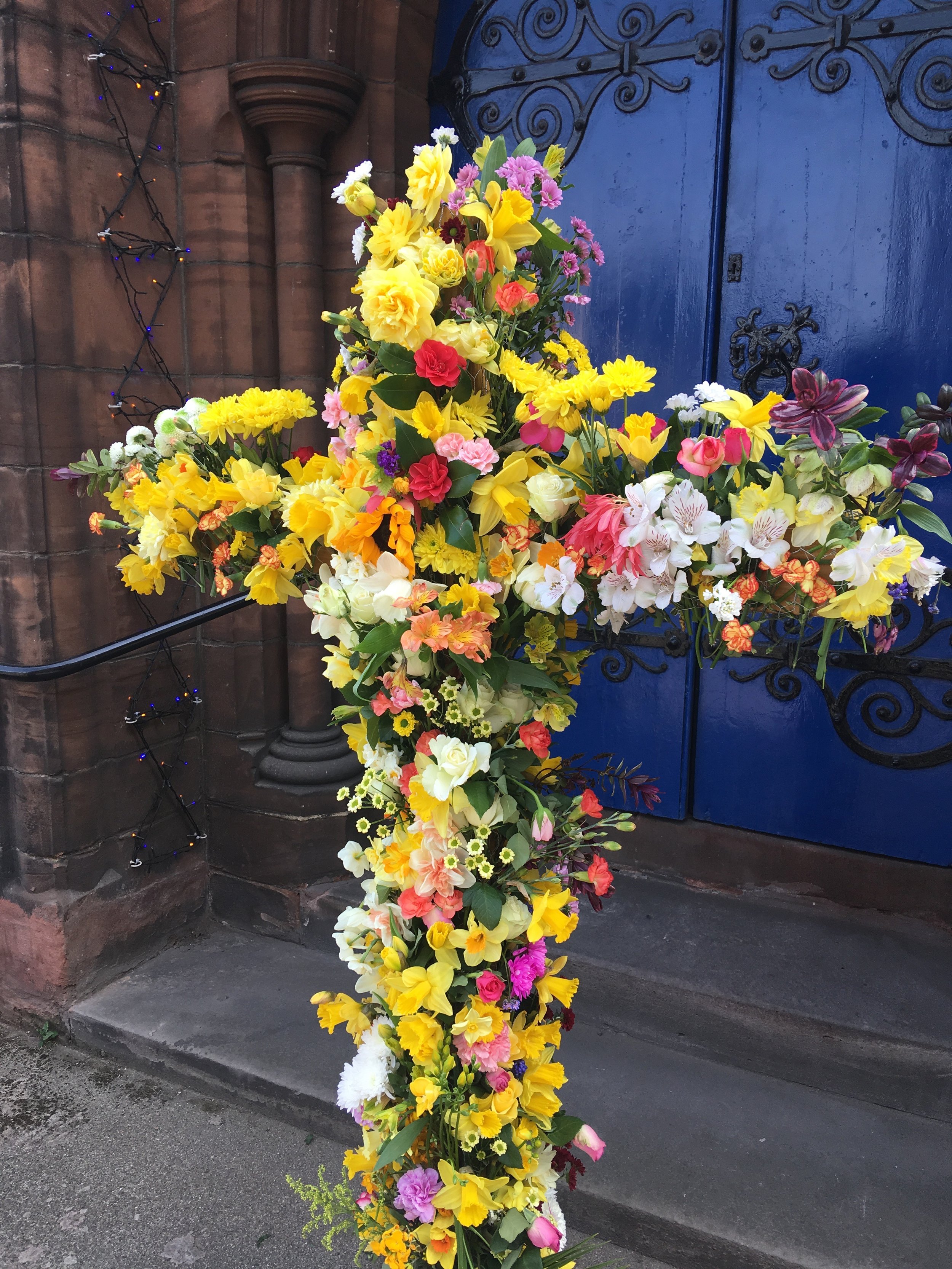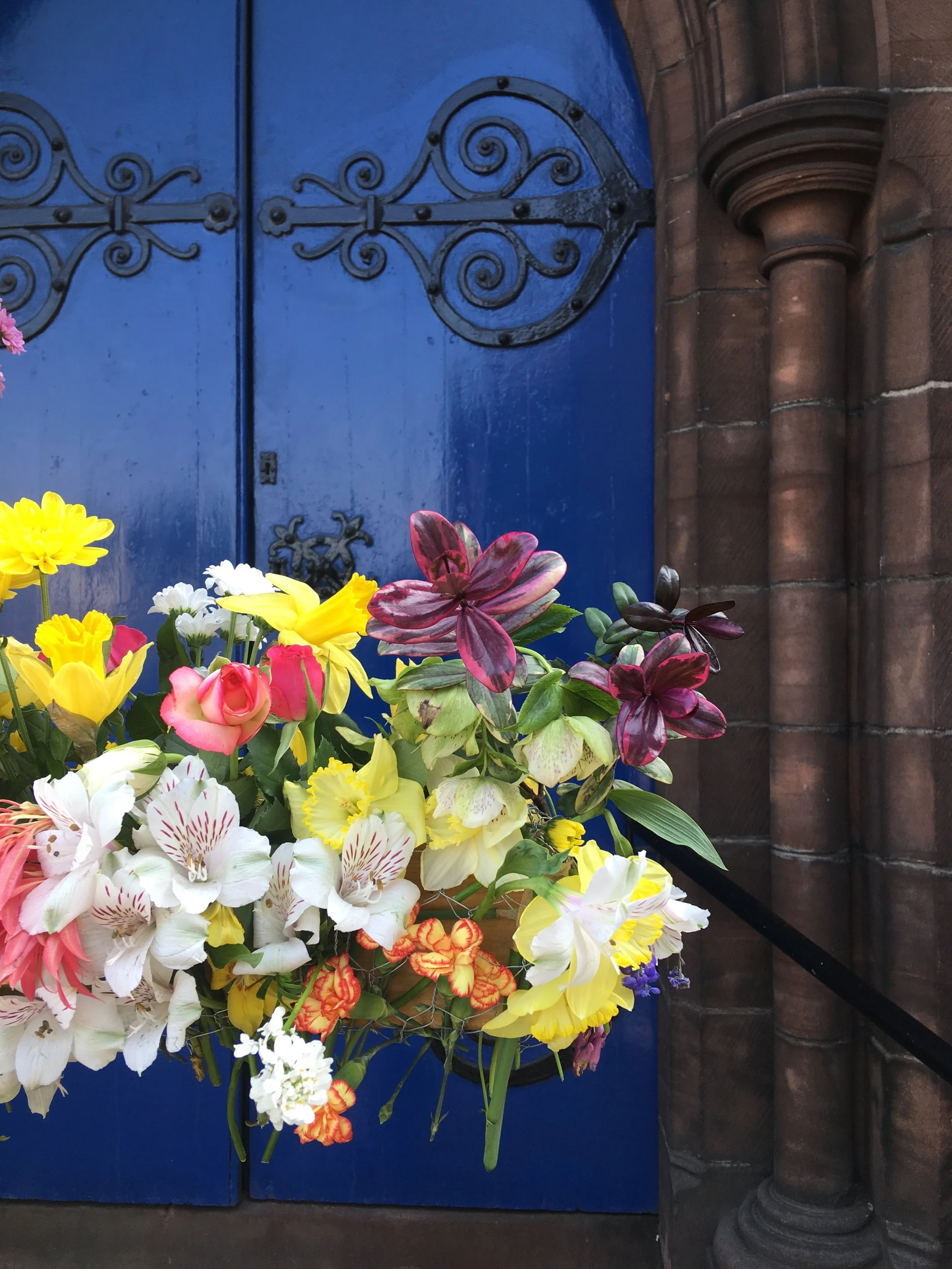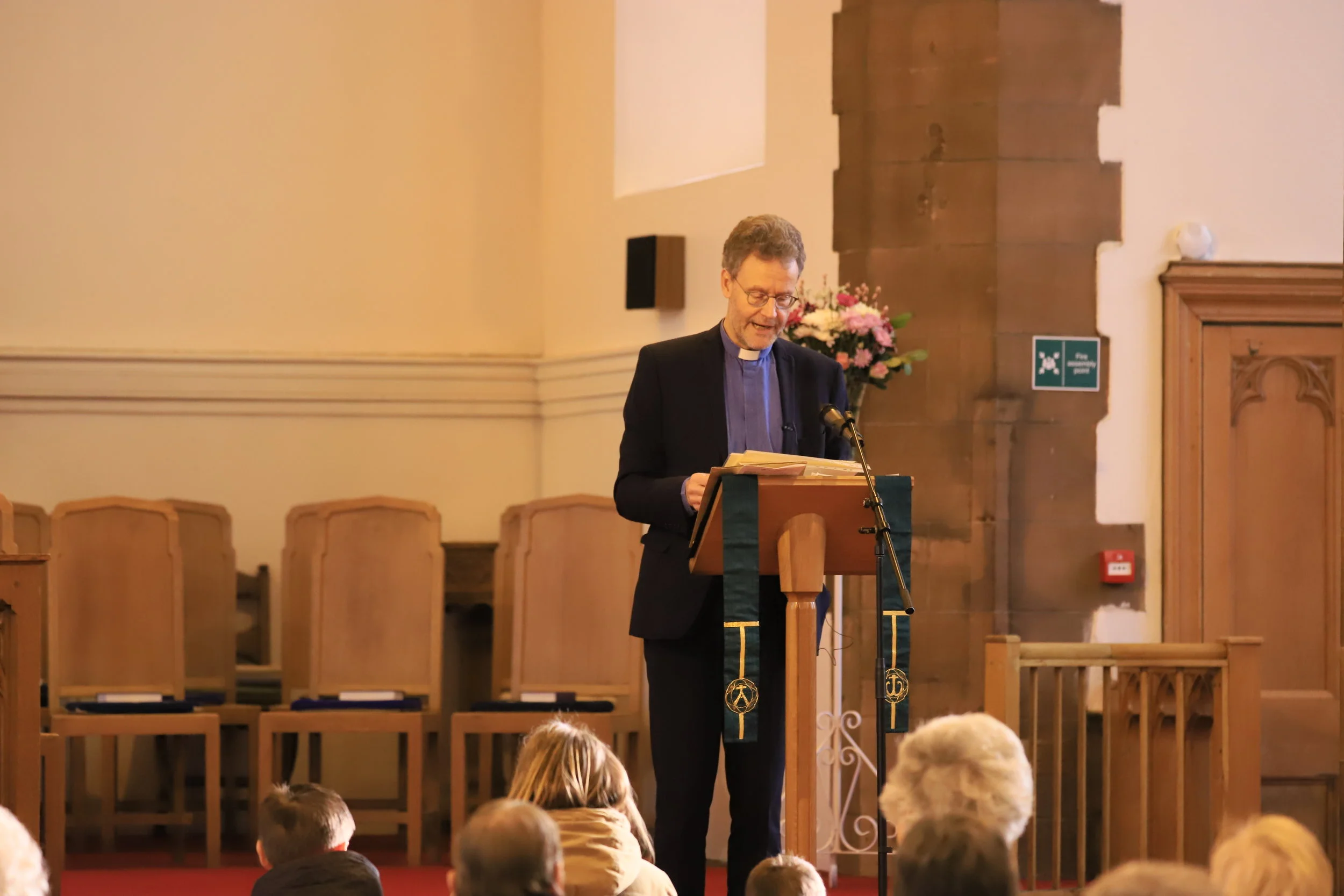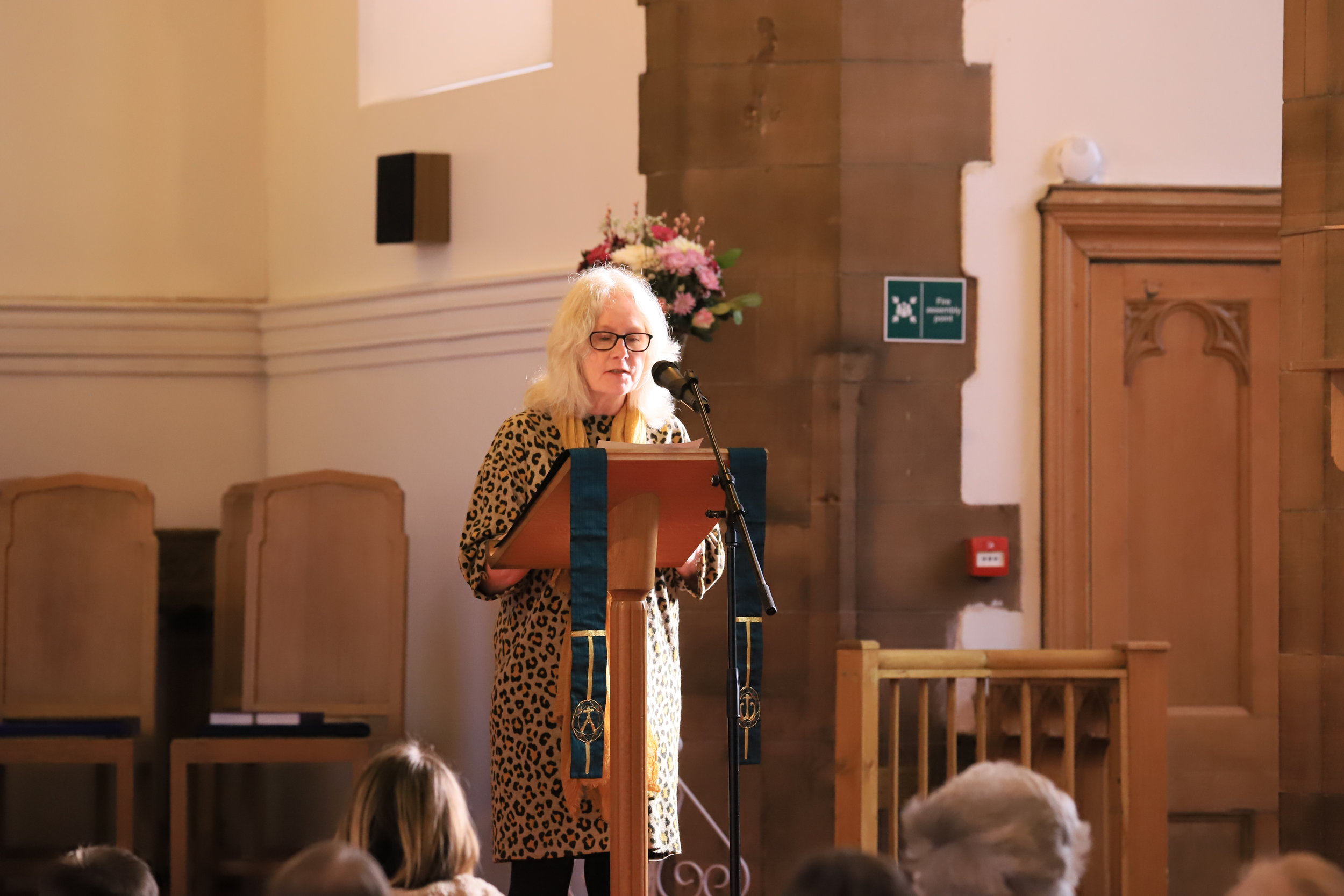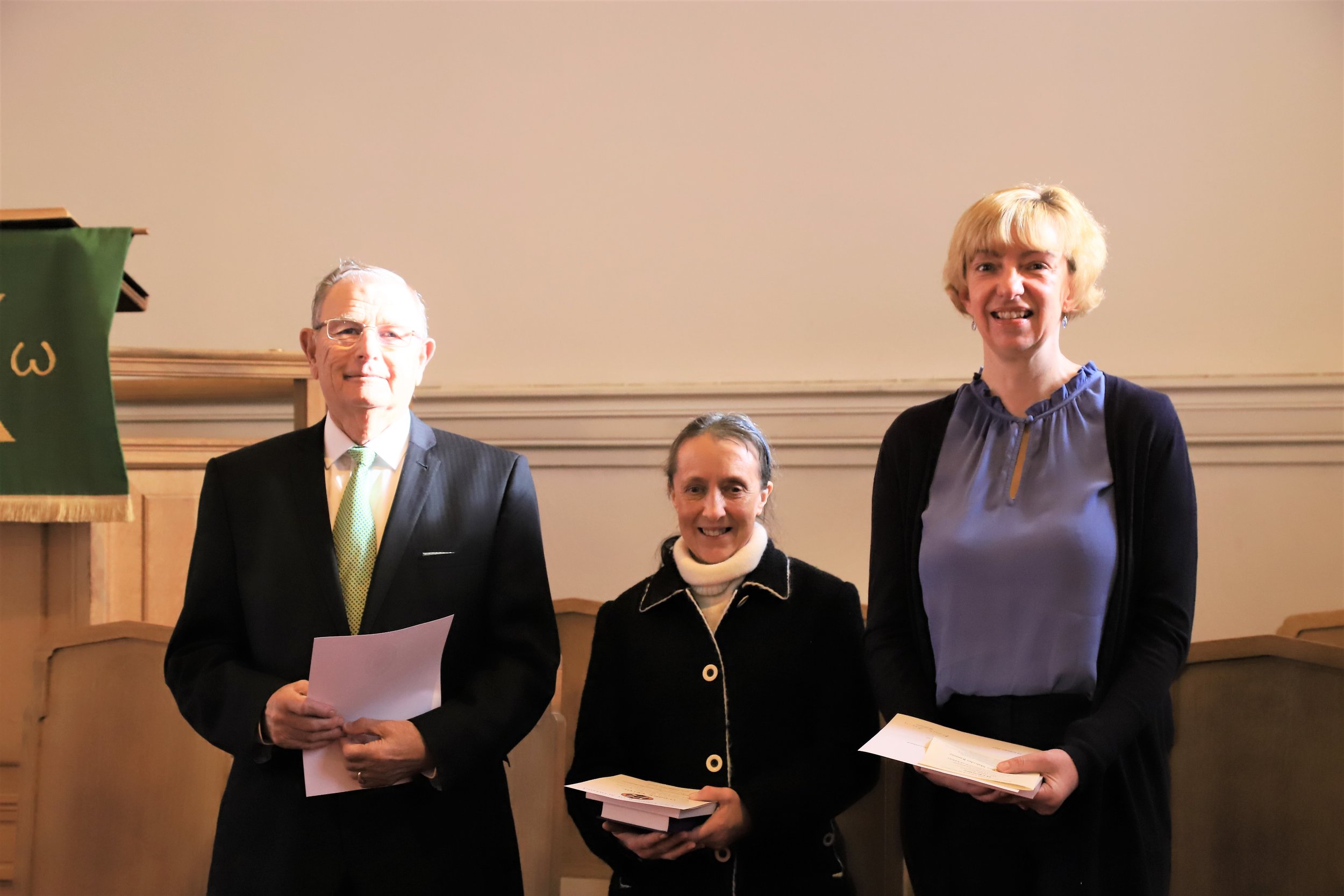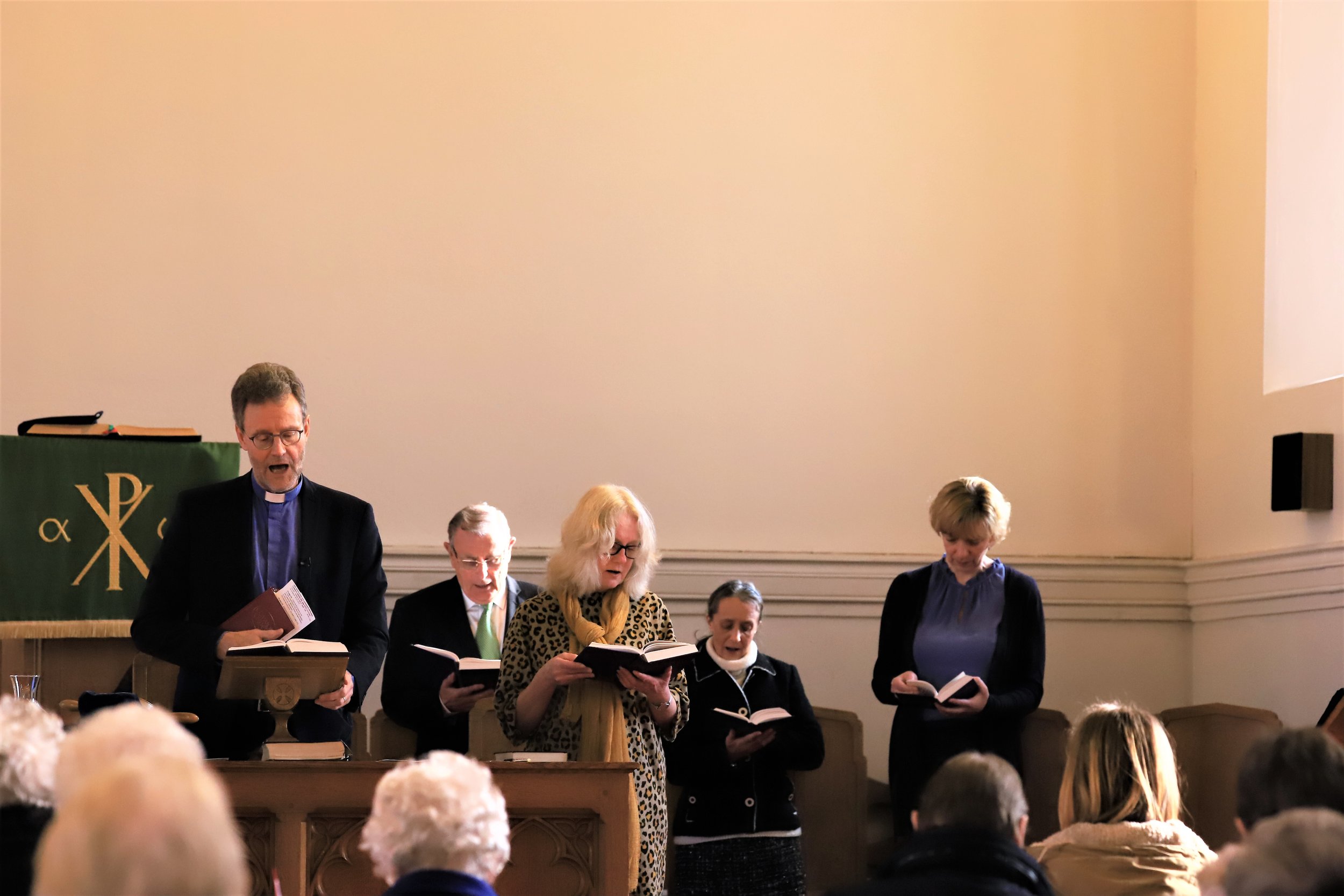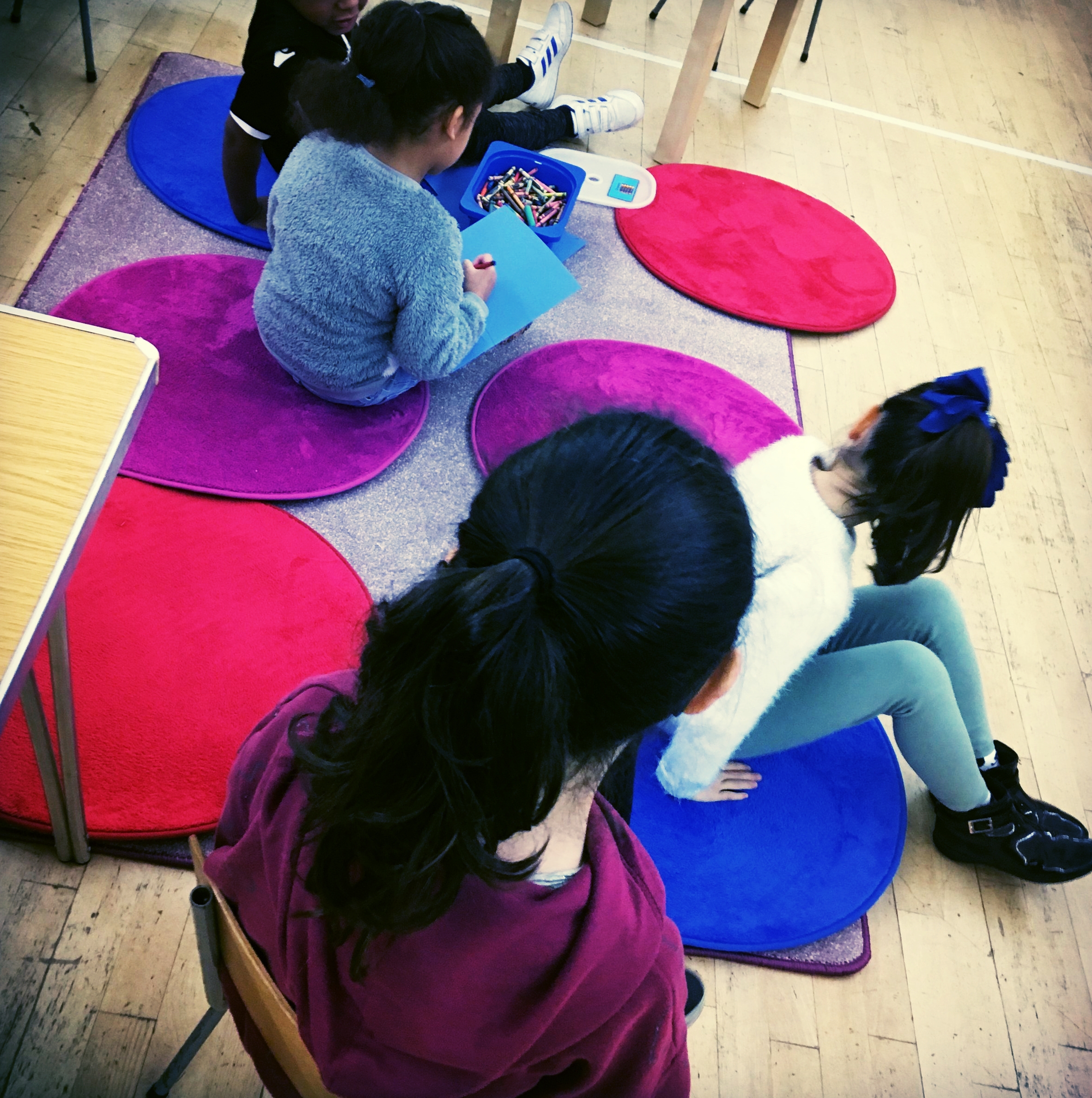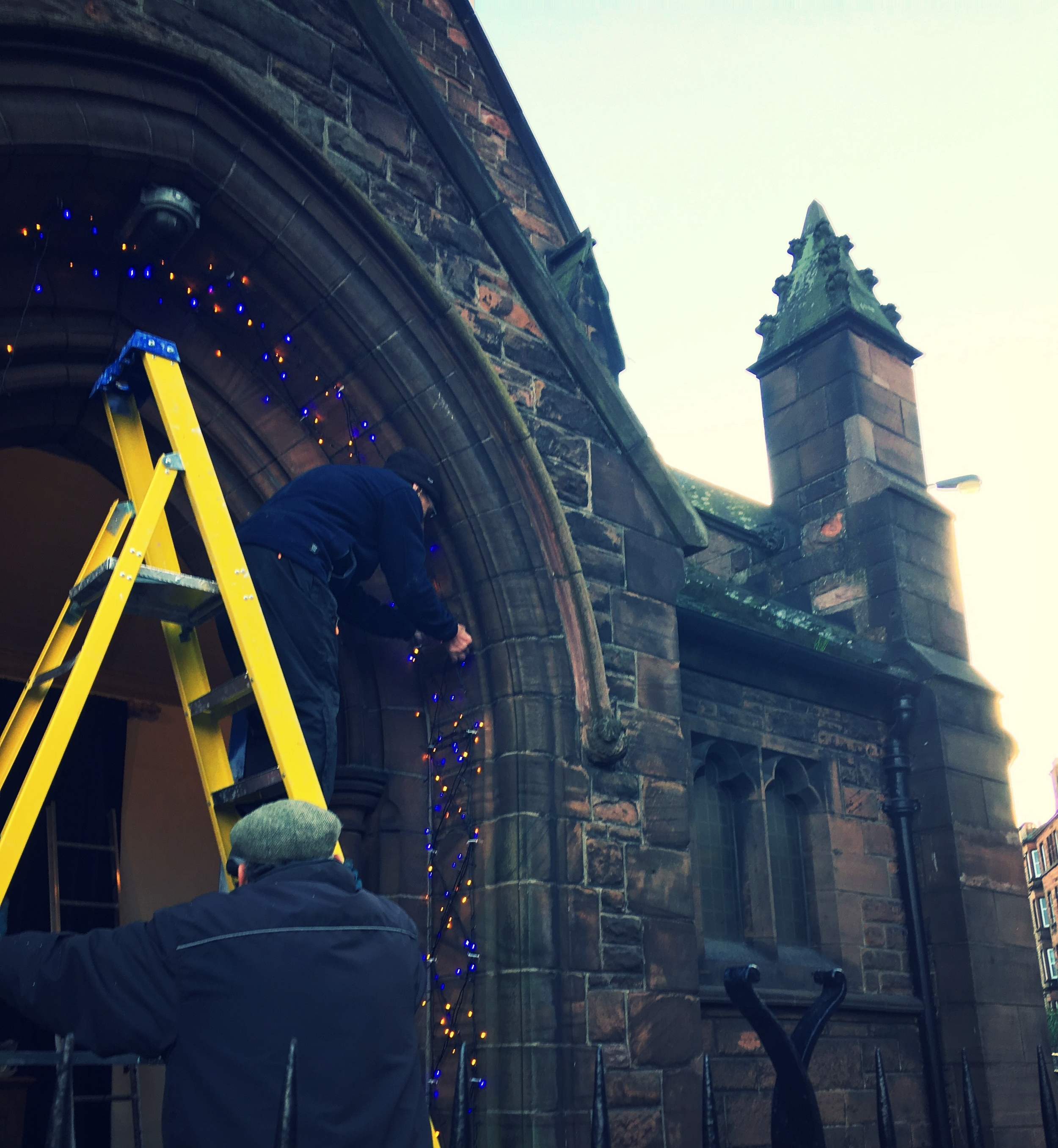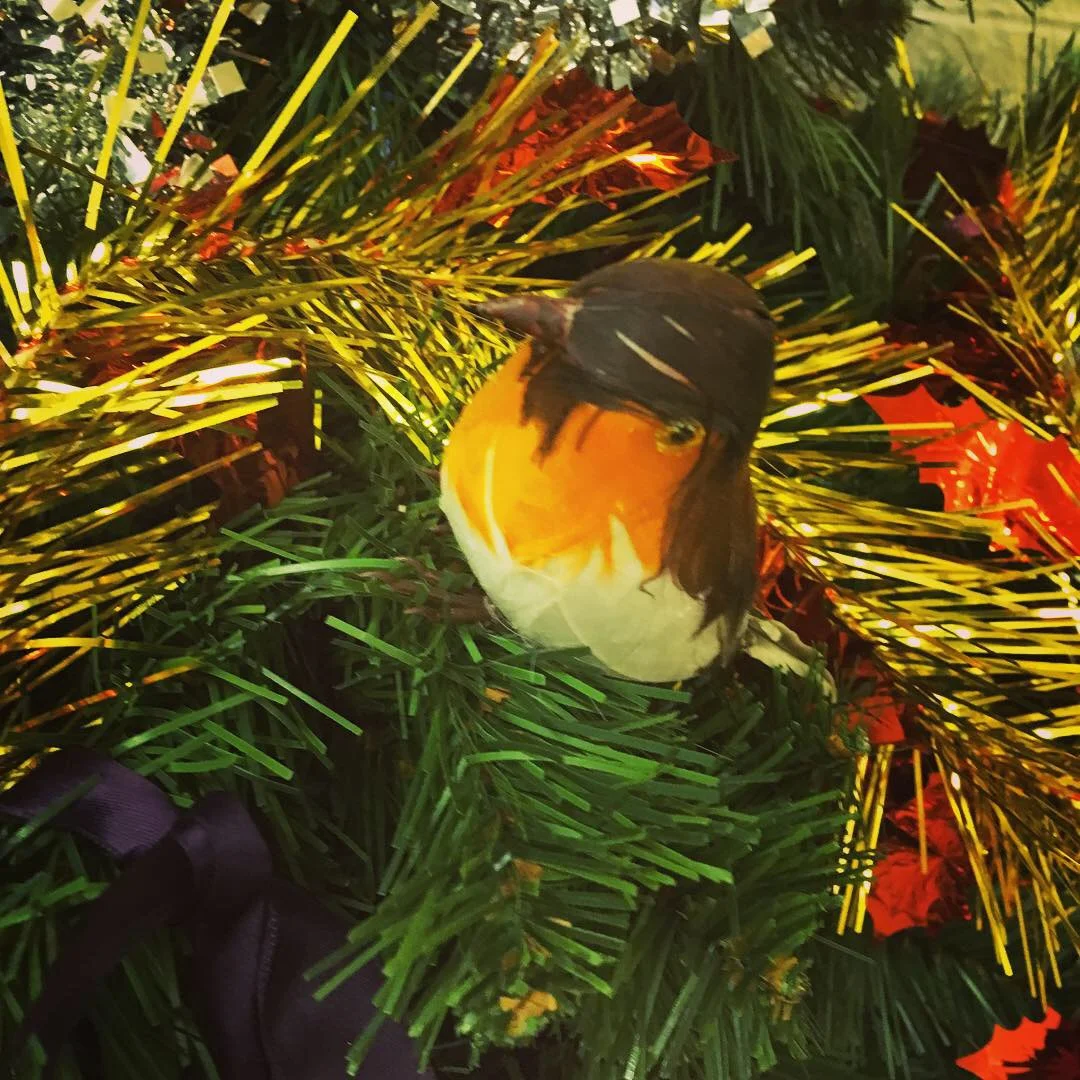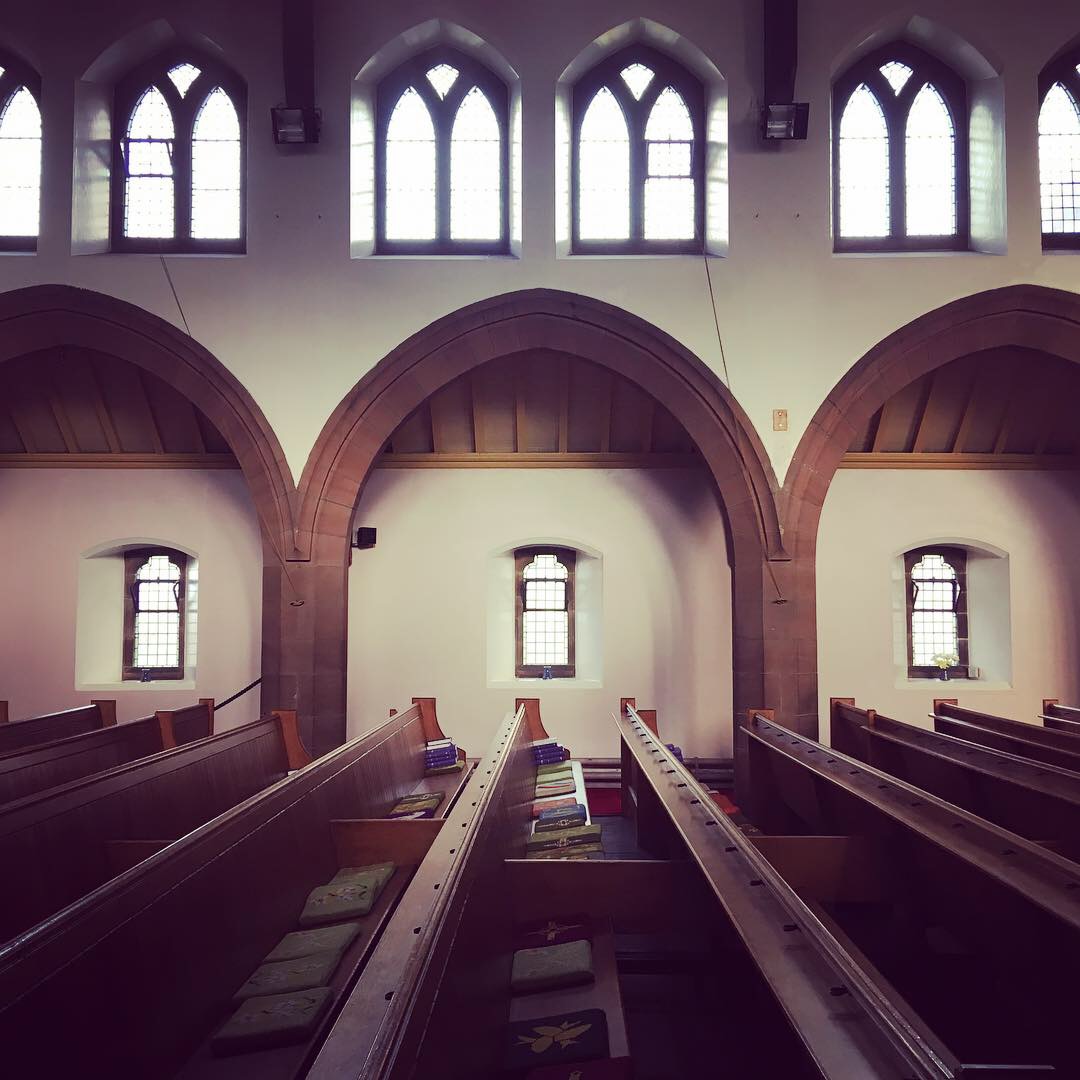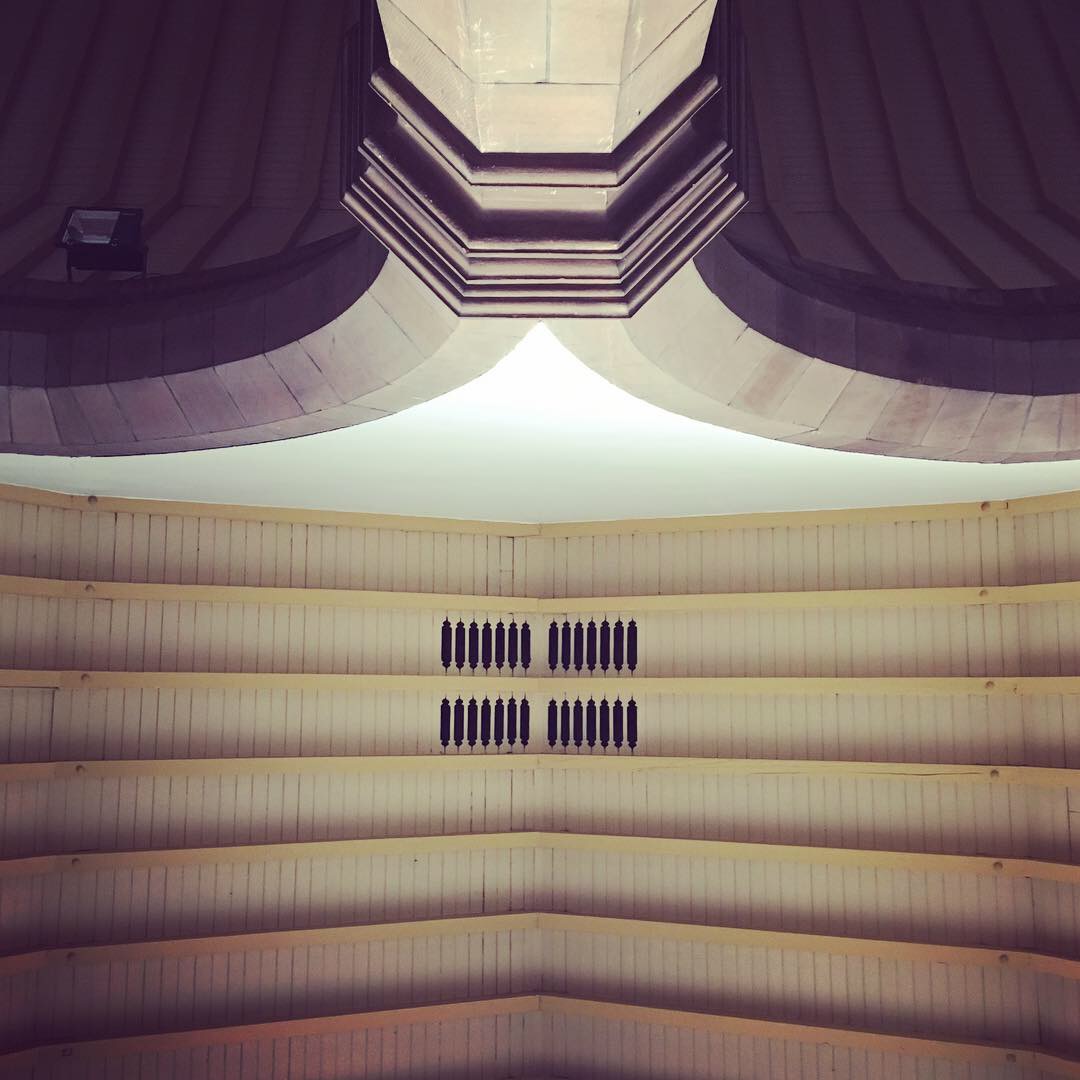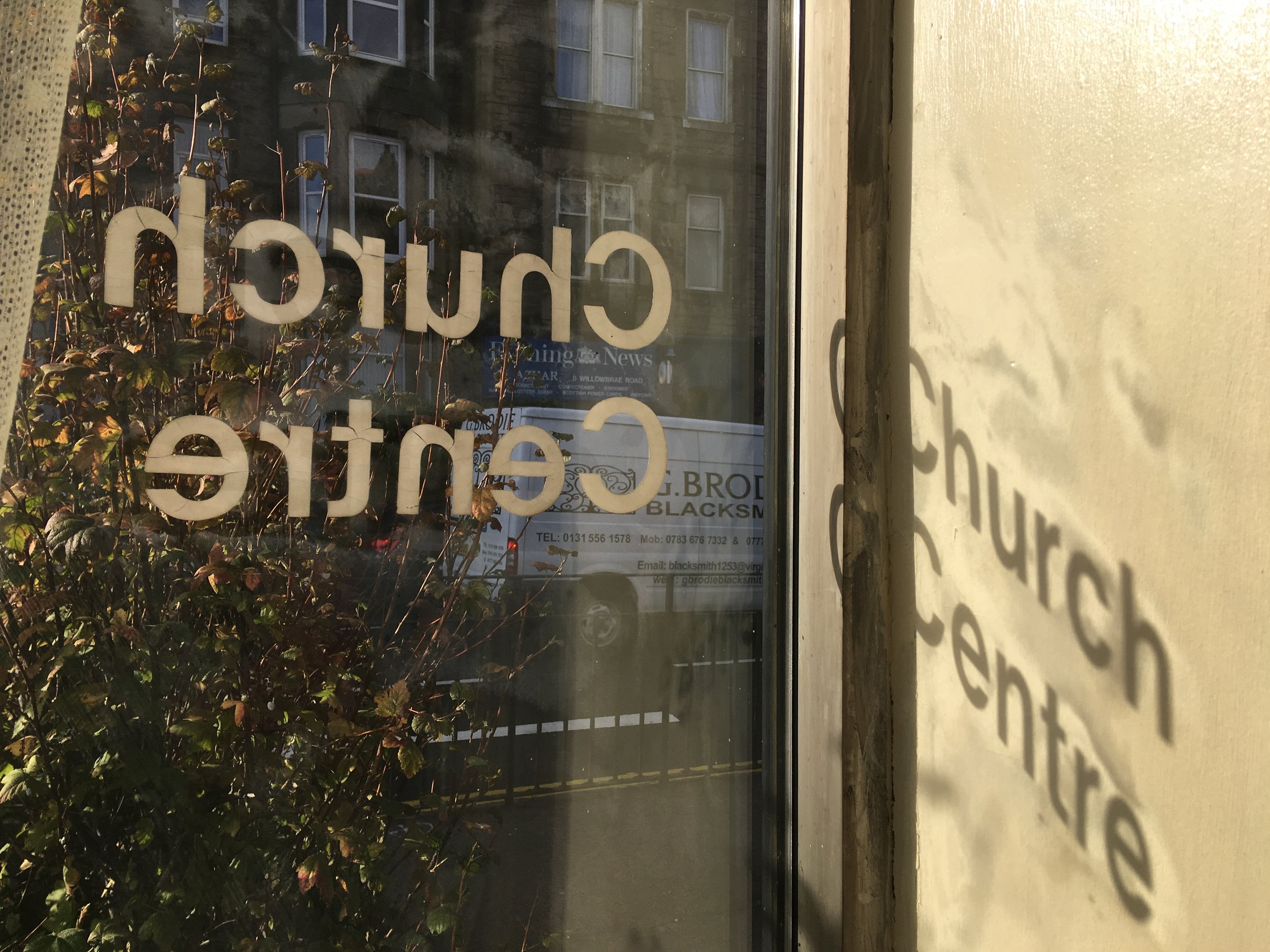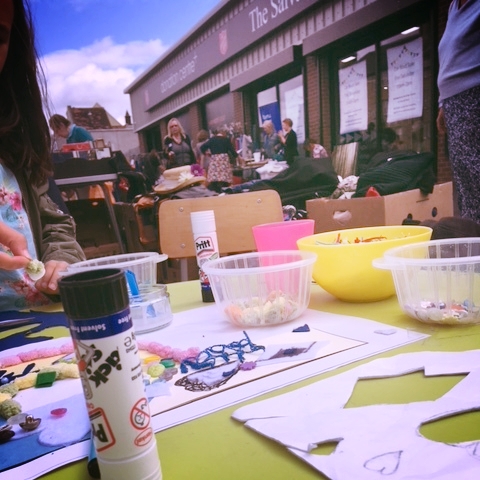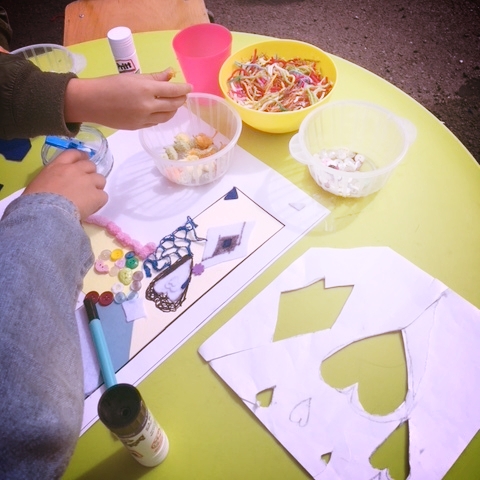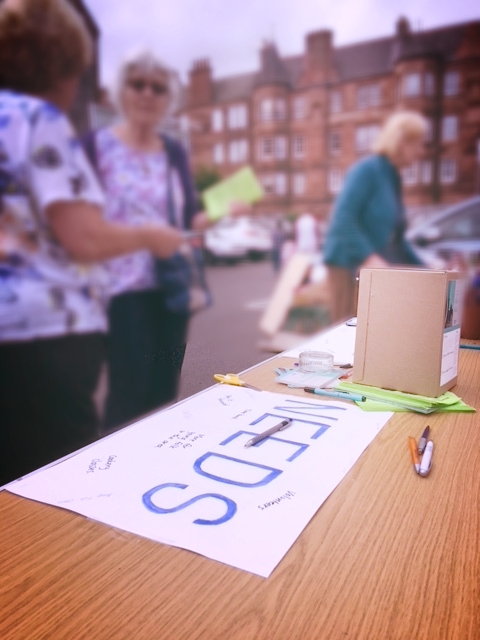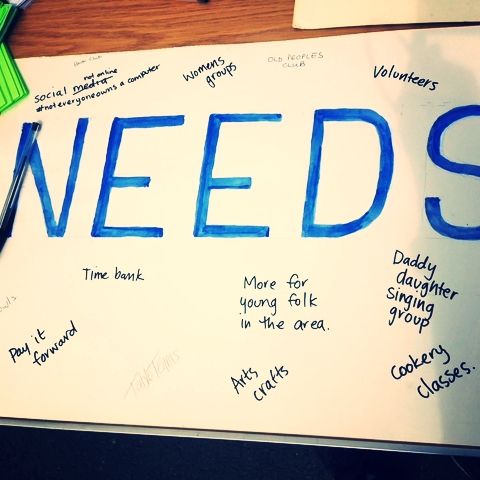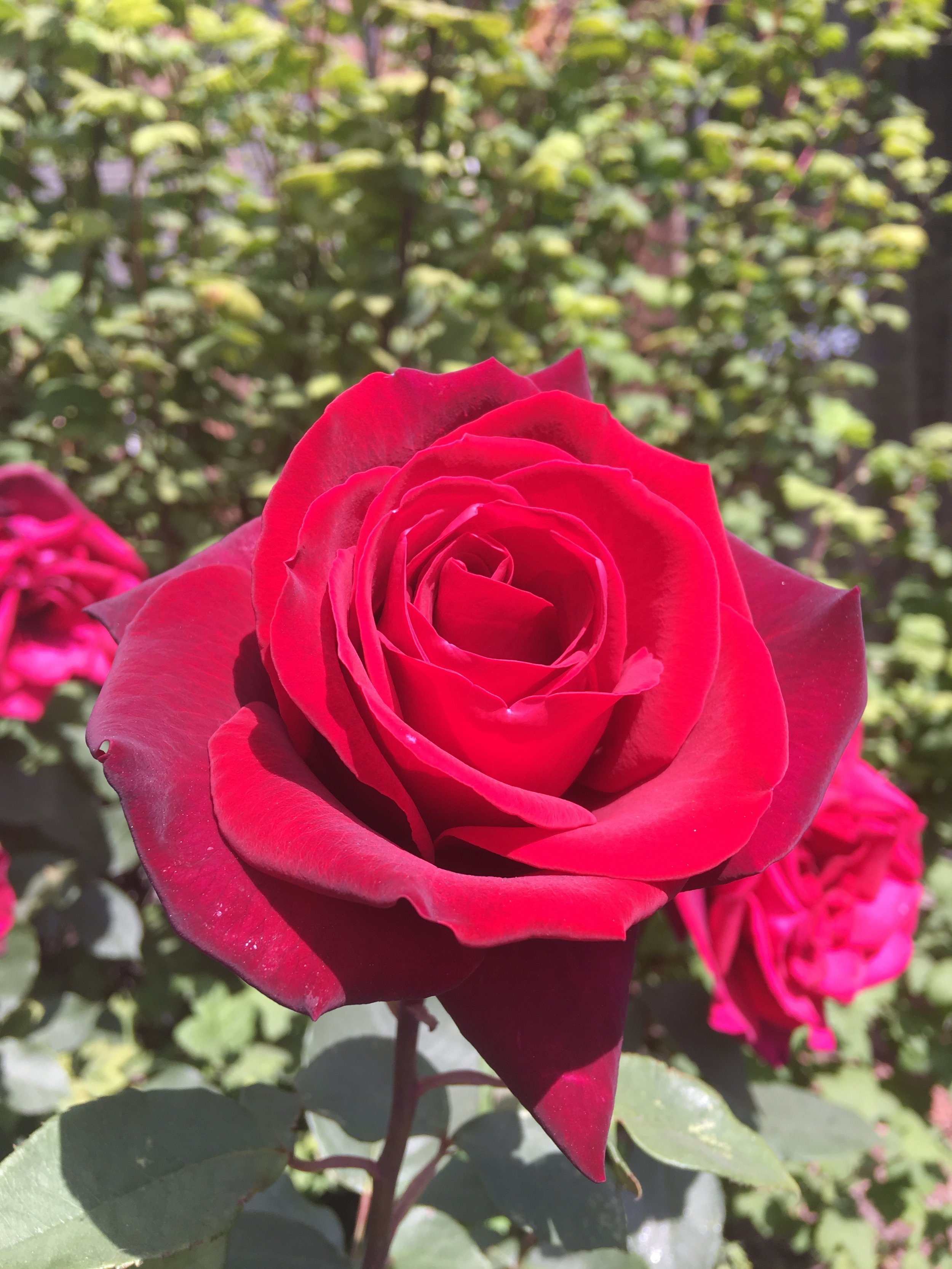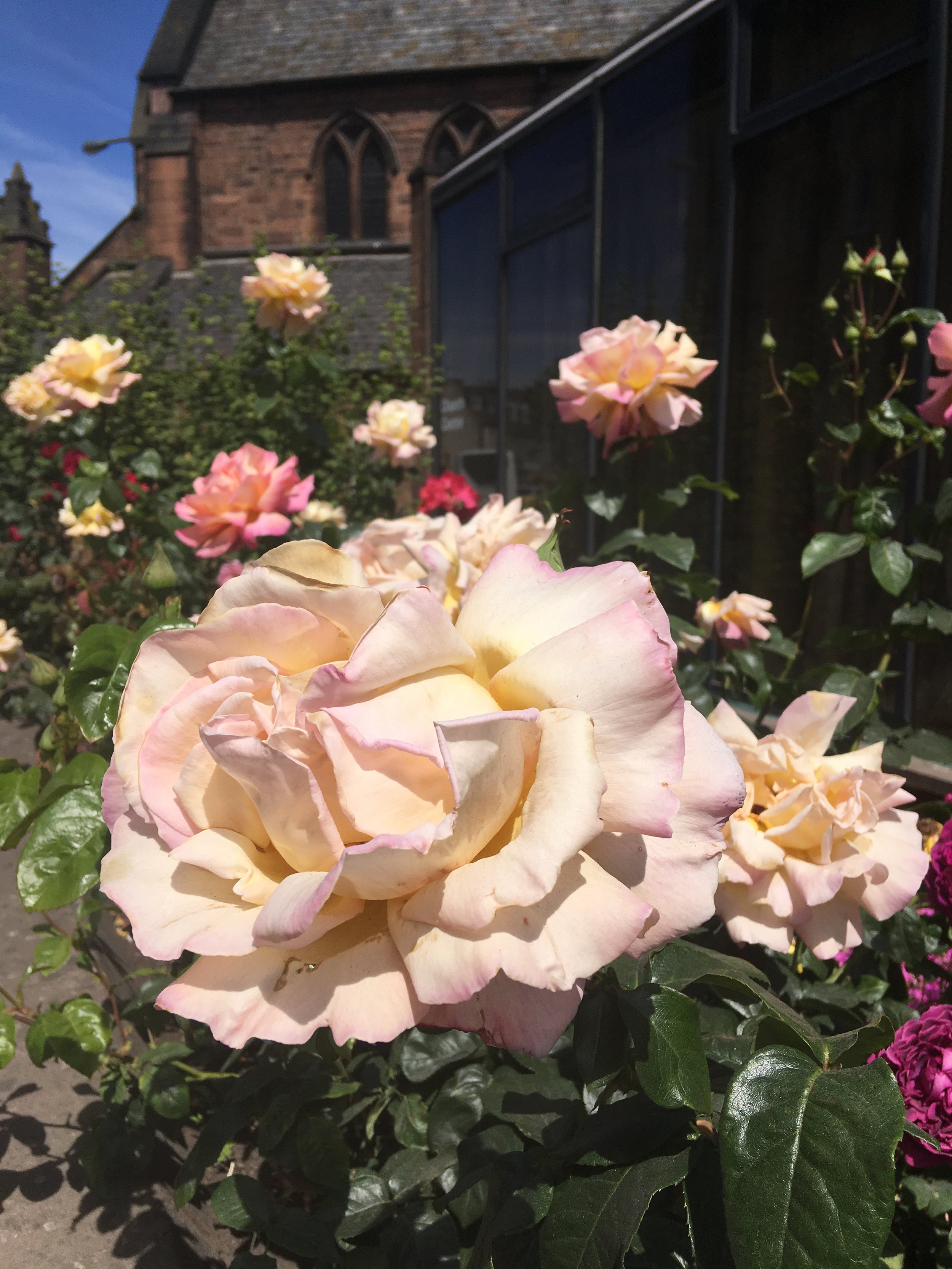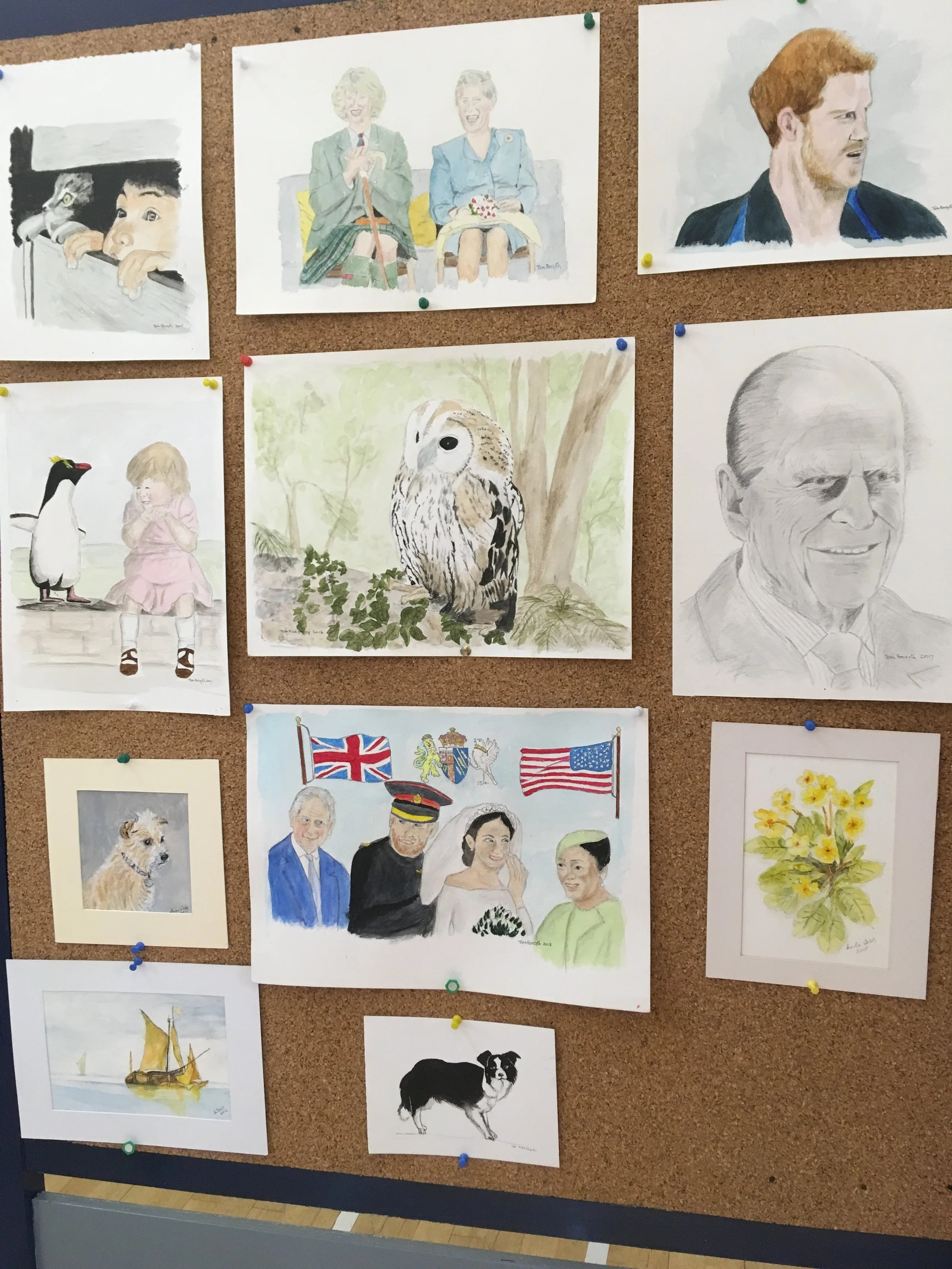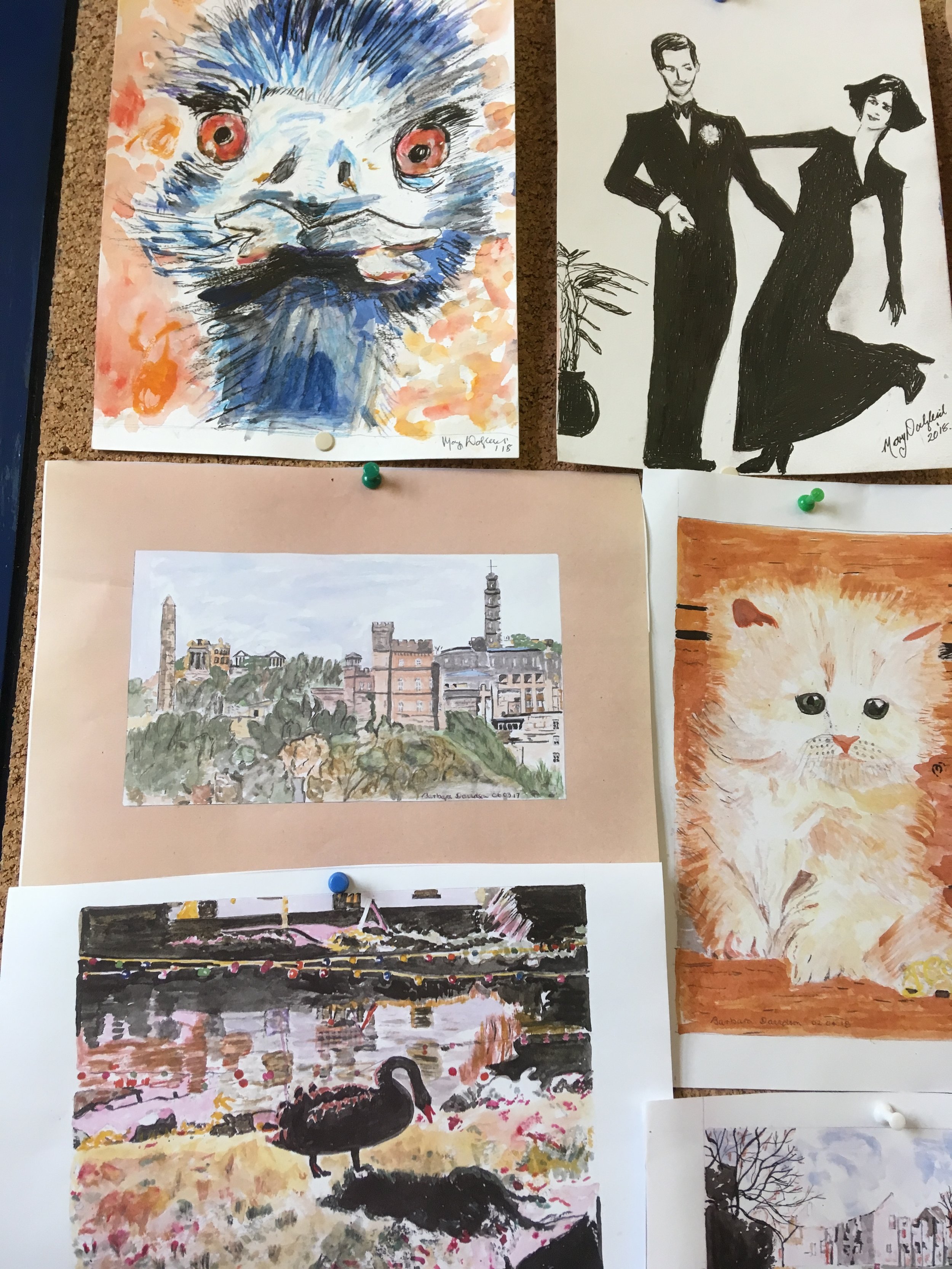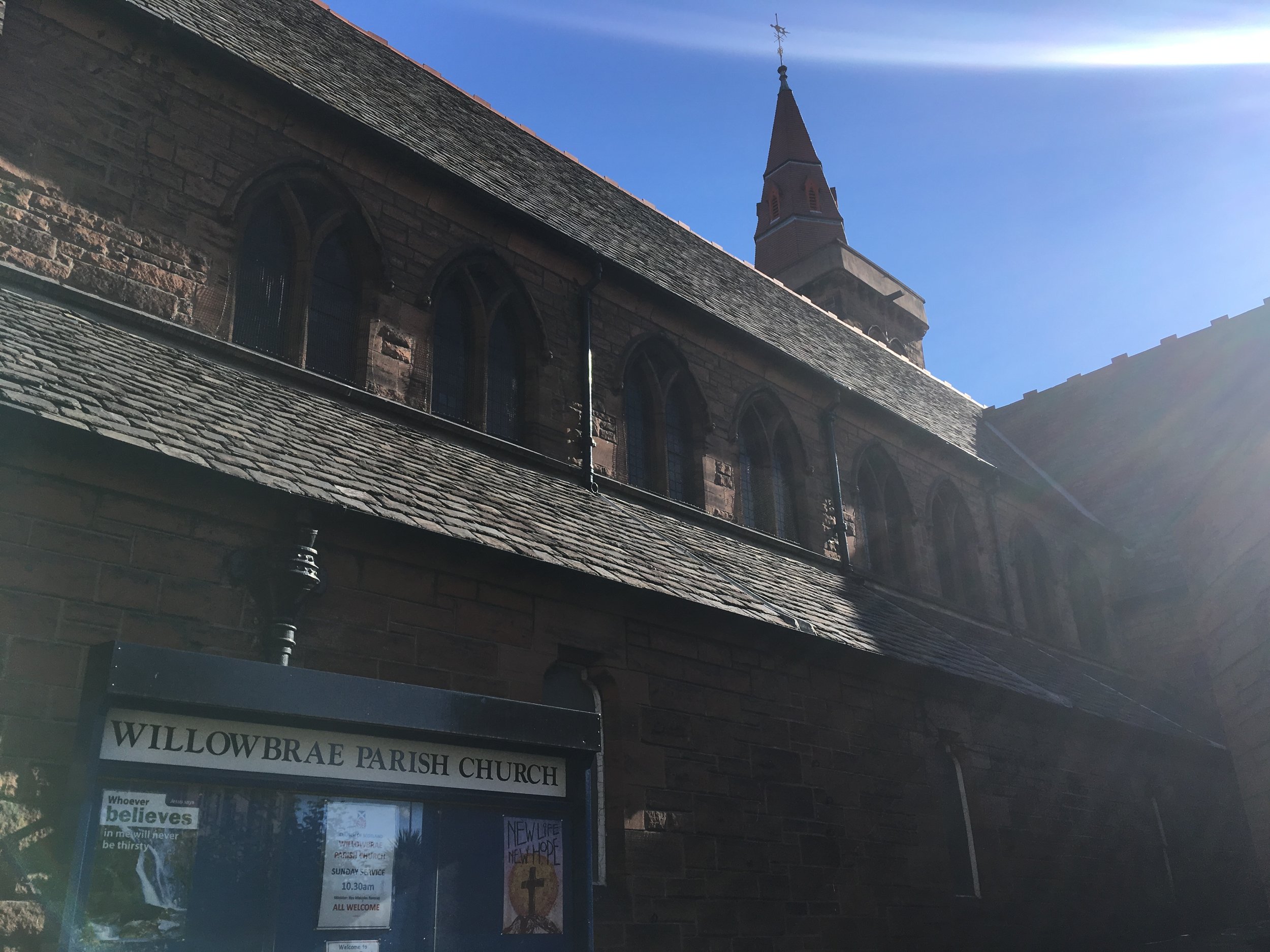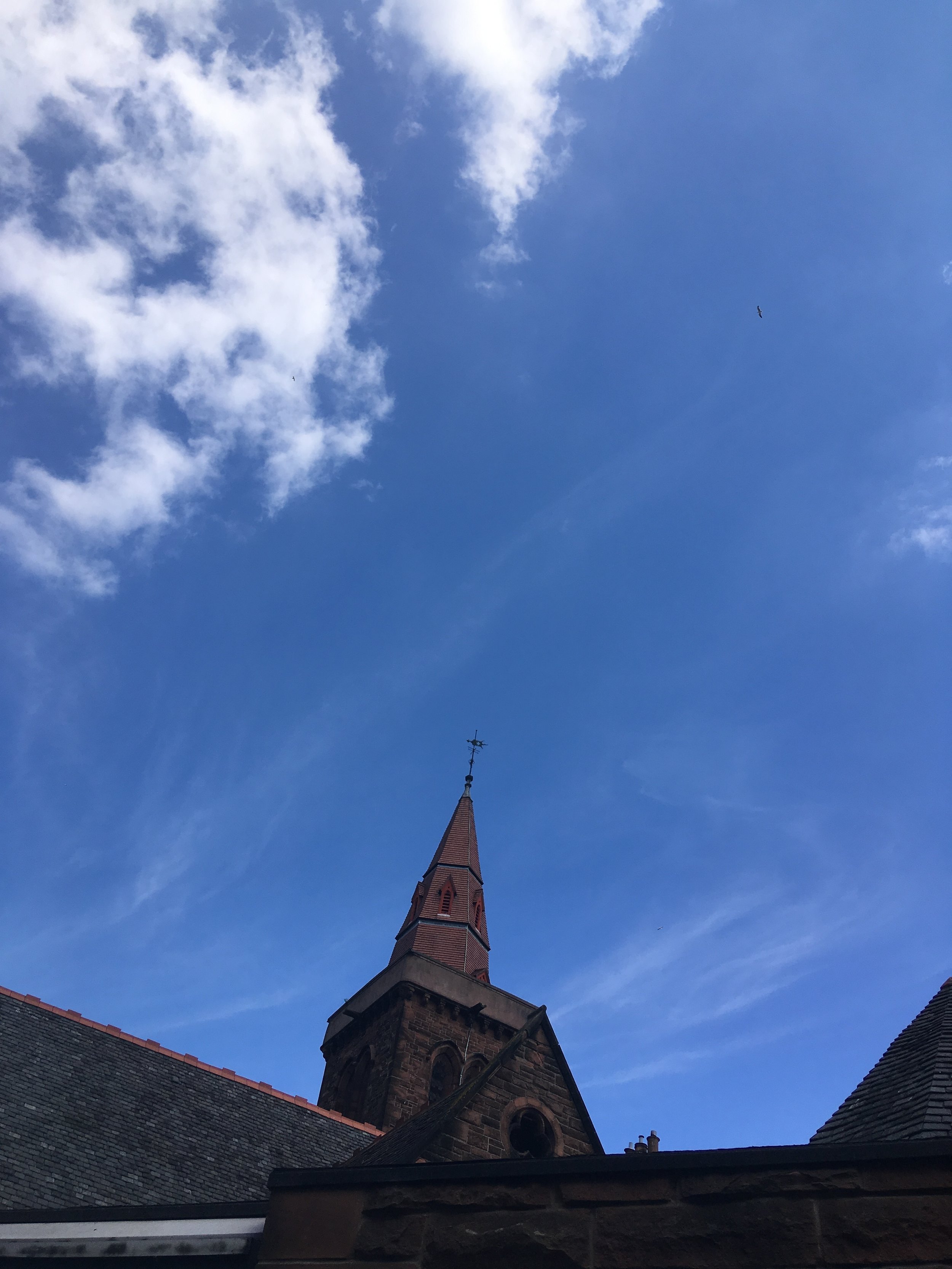HISTORY OF WILLOWBRAE CHURCH
In 1890, the plot of land where Willowbrae Church stands was bought from the Duke of Abercorn by the Free Church, thanks to a bequest from Edinburgh builder James Smith; a marble bust and brass plaque in his memory can be seen in the church vestibule. At the time, a cottage and its garden occupied the site and Willowbrae Road was described as “a tree-lined road no wider than a “lover’s loan!”
The building, seating 450 people, was designed by architect A. G. Sydney Mitchell, also responsible for the Church of Scotland offices at “121”, the tower and steeple creating a landmark which is still a focal point in the area. The northern half of the church was built on a raised platform allowing a hall and session room to be accommodated underneath the church. The upper hall, originally capable of seating 350, was built in 1914 and was immediately requisitioned by the Army for billeting troops! The church Centre was built much later, in 1976.
When the church was opened on 4th February 1892 it had forty–two members. “The walls were painted a soft yellow green…the pews a nice olive shade of green and varnished…the lower part of the apse draped with a rich tapestry…vines and pomegranates painted on the apse walls…a carved screen dividing the nave from the apse.”
By April 1892 when the first communion was held the congregation had grown to 90 members. By 1894 membership was around 210 and in 1909 the congregation numbered 500. In 1900 the name of the church changed from Restalrig Free Church to Restalrig United Free church. Then in 1929, at the union of the UF and the Church of Scotland, the church became known as New Restalrig Parish Church of Scotland.
In 2016, New Restalrig Parish Church of Scotland was united with the congregation of St Christopher’s Craigentinny and re-named “Willowbrae Church”.
Back in 1929 one chronicler stated that, “If sentiment had not been a consideration, Willowbrae would have been a more logical choice of name”!
